Texas’ climate rewards gardeners who mix native resilience with bold style. The 20 flower-bed ideas below lean on drought-tough perennials, pollinator magnets, and classic curb-appeal tricks so your front yard looks vibrant through blistering summers and surprise cold snaps. Use them as à-la-carte inspiration—each concept stands alone and keeps plant choices, soil prep, and maintenance light enough to fit busy schedules.
1. Xeriscape Flower Bed with Decomposed Granite
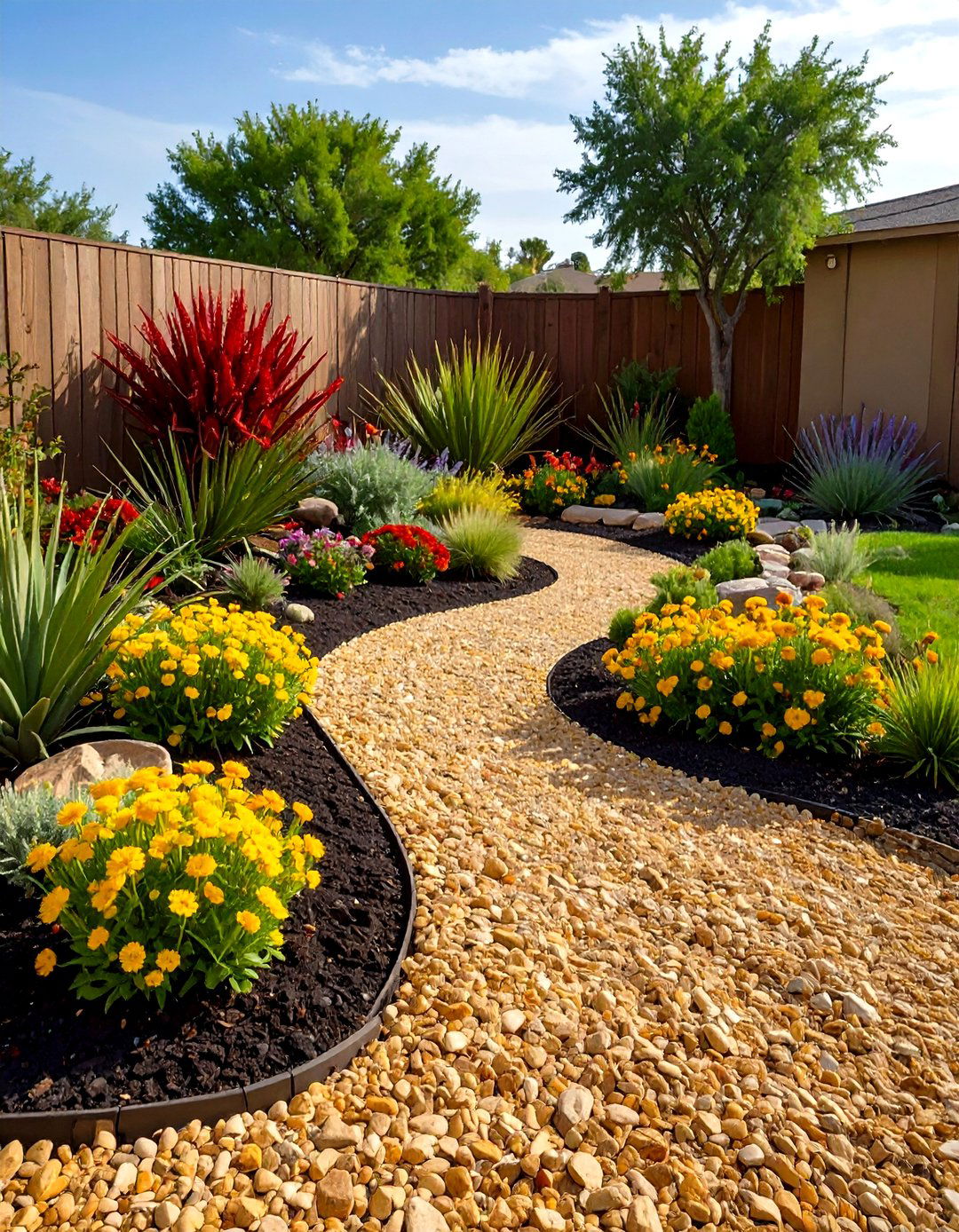
A sun-baked strip beside the driveway is perfect for a xeriscape flower bed that swaps thirsty turf for golden decomposed granite paths edged with clumping red yucca and ‘New Gold’ lantana. Both plants shrug off drought once established and bloom for months, drawing hummingbirds without extra irrigation. Nestle silver Texas sage between the yucca clusters for cool contrast and prune only once a year to keep forms tight. Finish with a two-inch gravel mulch to stop weeds and reflect heat back to the foliage, intensifying color while slashing water use.
2. Pollinator-Friendly Native Flower Bed for Year-Round Color
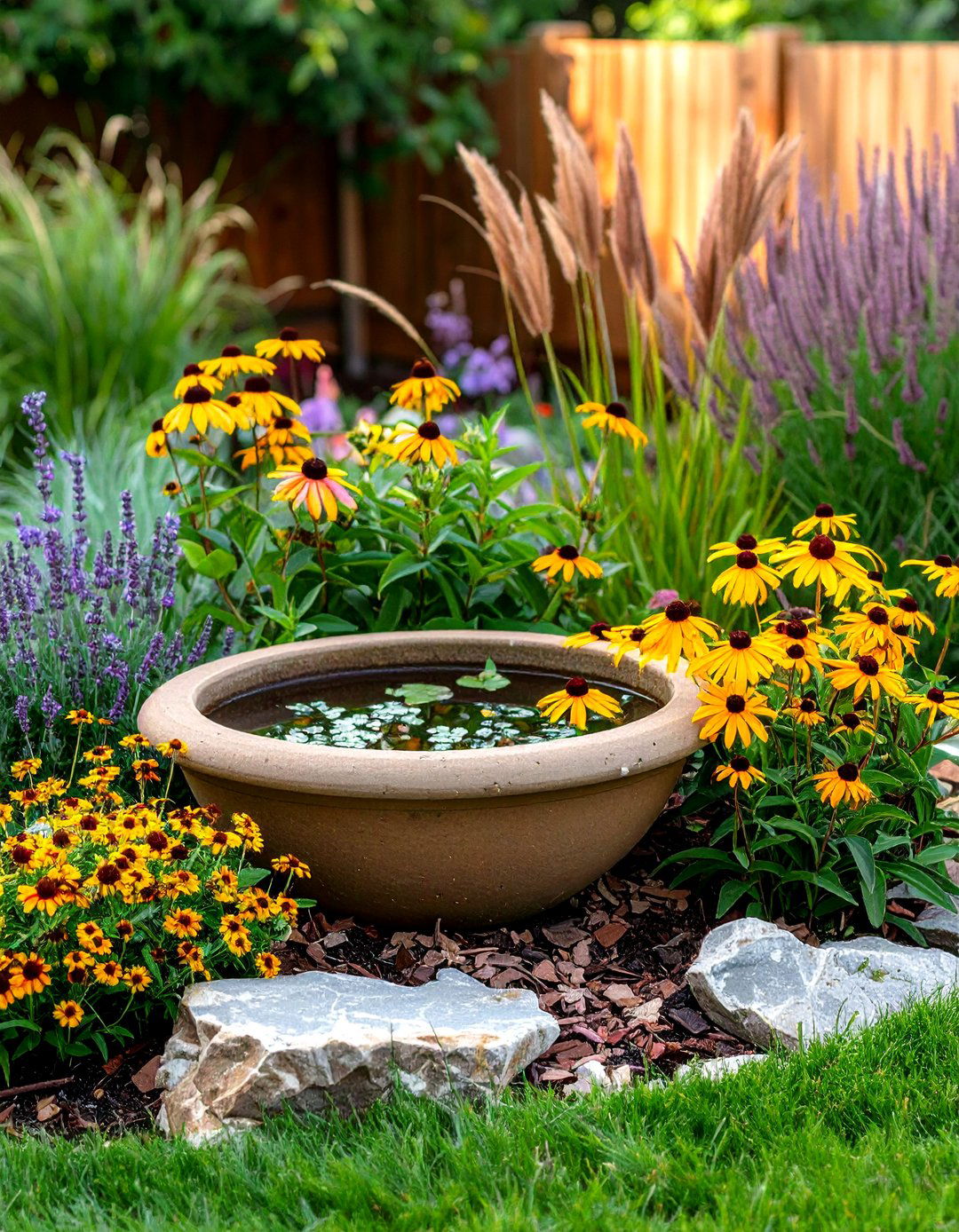
For nonstop motion by the mailbox, mass purple coneflower, black-eyed Susan, and autumn sage in a sweeping crescent. All three thrive in lean Texas soils and supply nectar or seed from spring into winter. Thread a drift of Gulf muhly grass behind the blooms; its airy pink plumes feed birds when seeds ripen. Add a shallow stone basin of water so butterflies linger, and top-dress annually with compost to keep the native flower bed self-sustaining.
3. Low-Maintenance Blanket-Flower Bed for Instant Wildflower Impact

Blanket flowers explode with red-gold blooms from March through first frost, yet need only sunshine and excellent drainage to perform. Tuck 4-inch plugs 12 inches apart in a free-form bed, then under-plant with creeping verbena for weed-smothering groundcover. Deadhead every few weeks to prolong the show, or let a few heads go to seed—goldfinches will clean them up and expand next season’s blanket-flower bed for free.
4. Cottage-Style Flower Bed Around the Mailbox
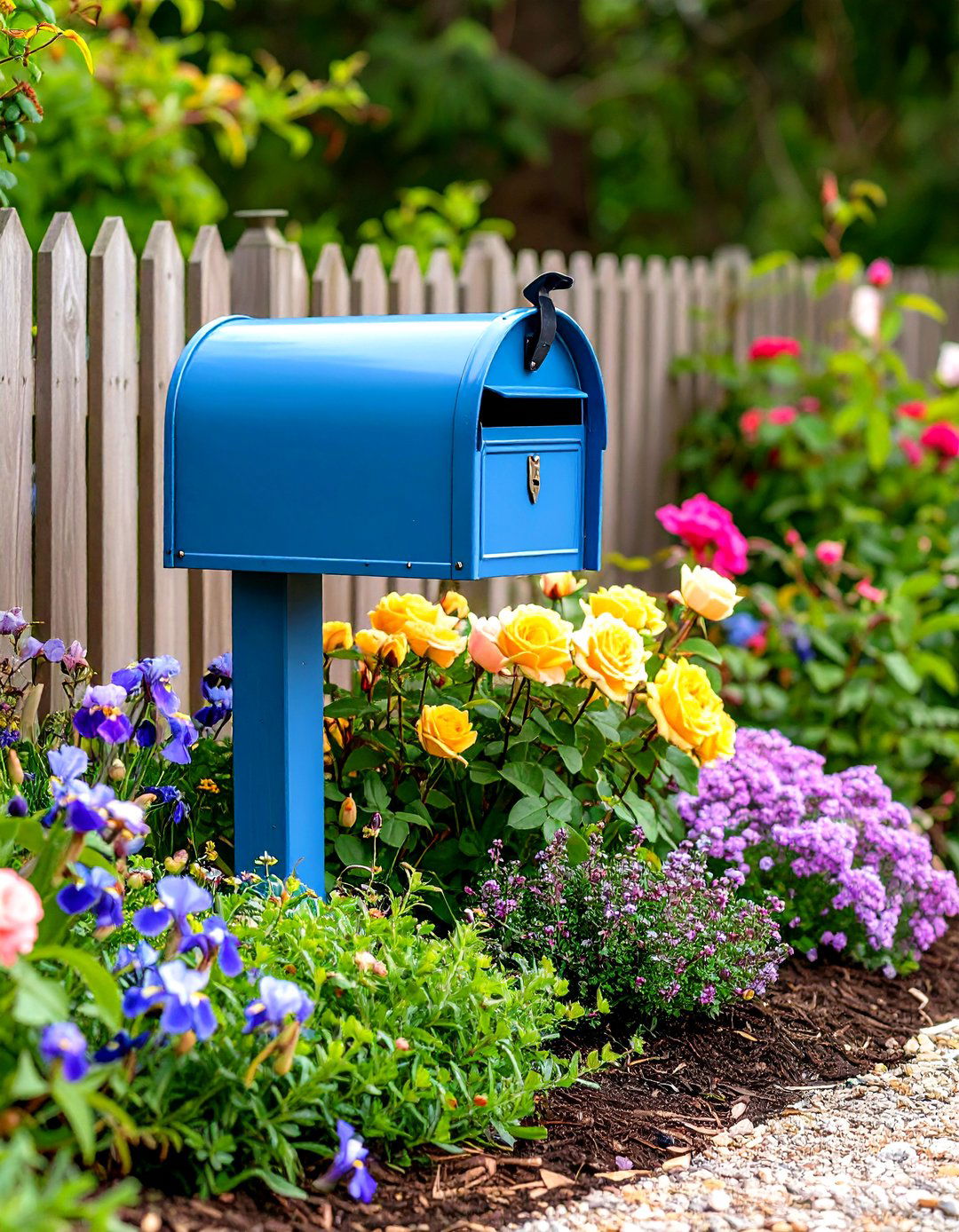
Unlike rigid foundation lines, a cottage flower bed embraces controlled chaos. Start with a white picket backdrop, then weave creeping thyme at the border and let iris, antique roses, and creeping thyme mingle freely for layered height and fragrance. Use cool-tone mulch rather than dyed bark so pastel blooms pop, and repeat shades of lavender and rose every few feet for cohesion. A quick weekly snip of spent blooms keeps the look romantic rather than overgrown.
5. Layered-Height Flower Bed Along the Foundation
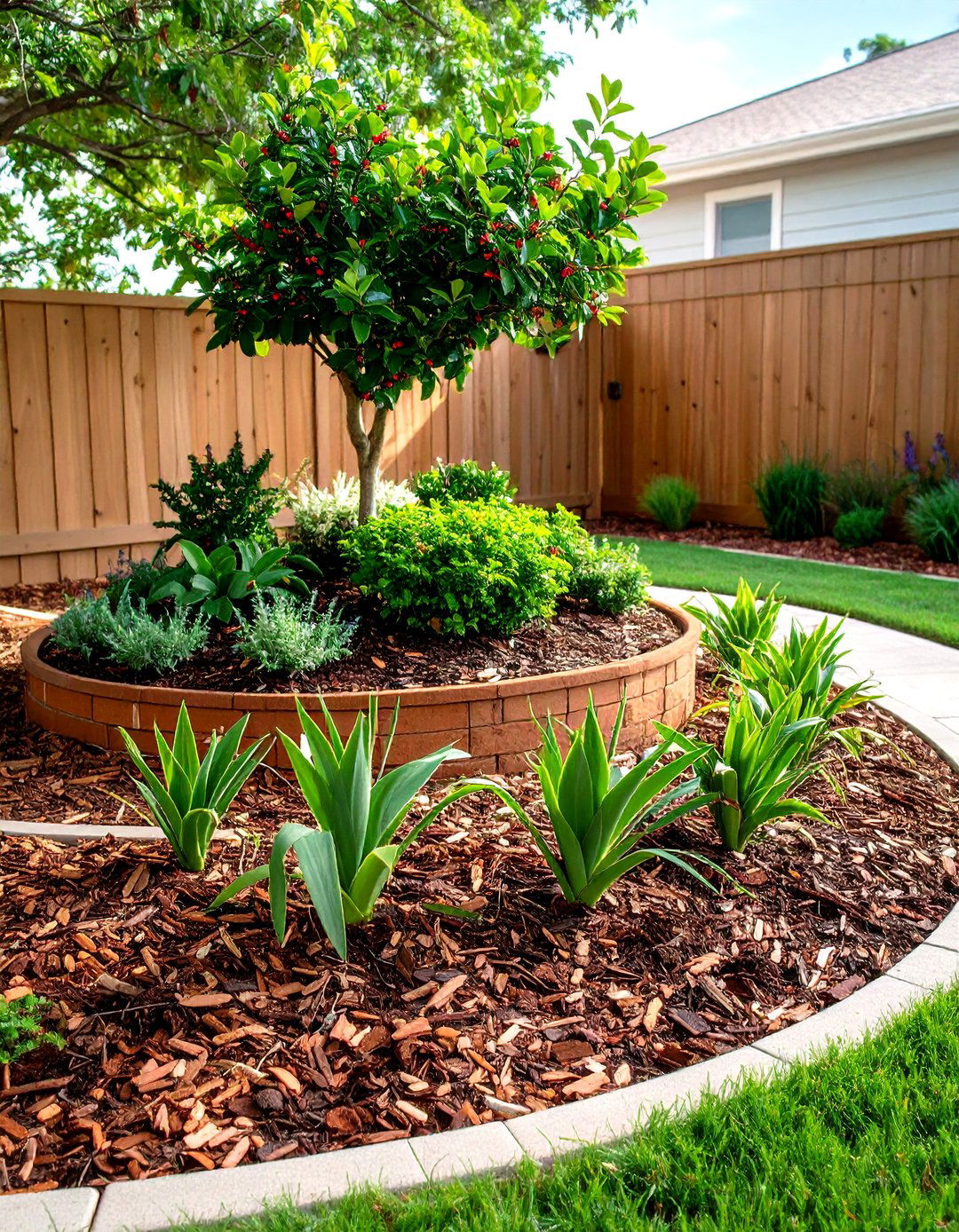
A three-tier layout hides tall pier-and-beam footings. Plant dwarf yaupon holly for evergreen bones, mid-tier salvia greggii for season-long red, and front-row liriope for a ribbon of texture. Arrange in wide arcs, not straight lines, so the flower bed softens hard architecture. Refresh pine-bark mulch each spring to cool roots and prevent soil splash on siding.
6. Shade-Loving Flower Bed Under Live Oaks
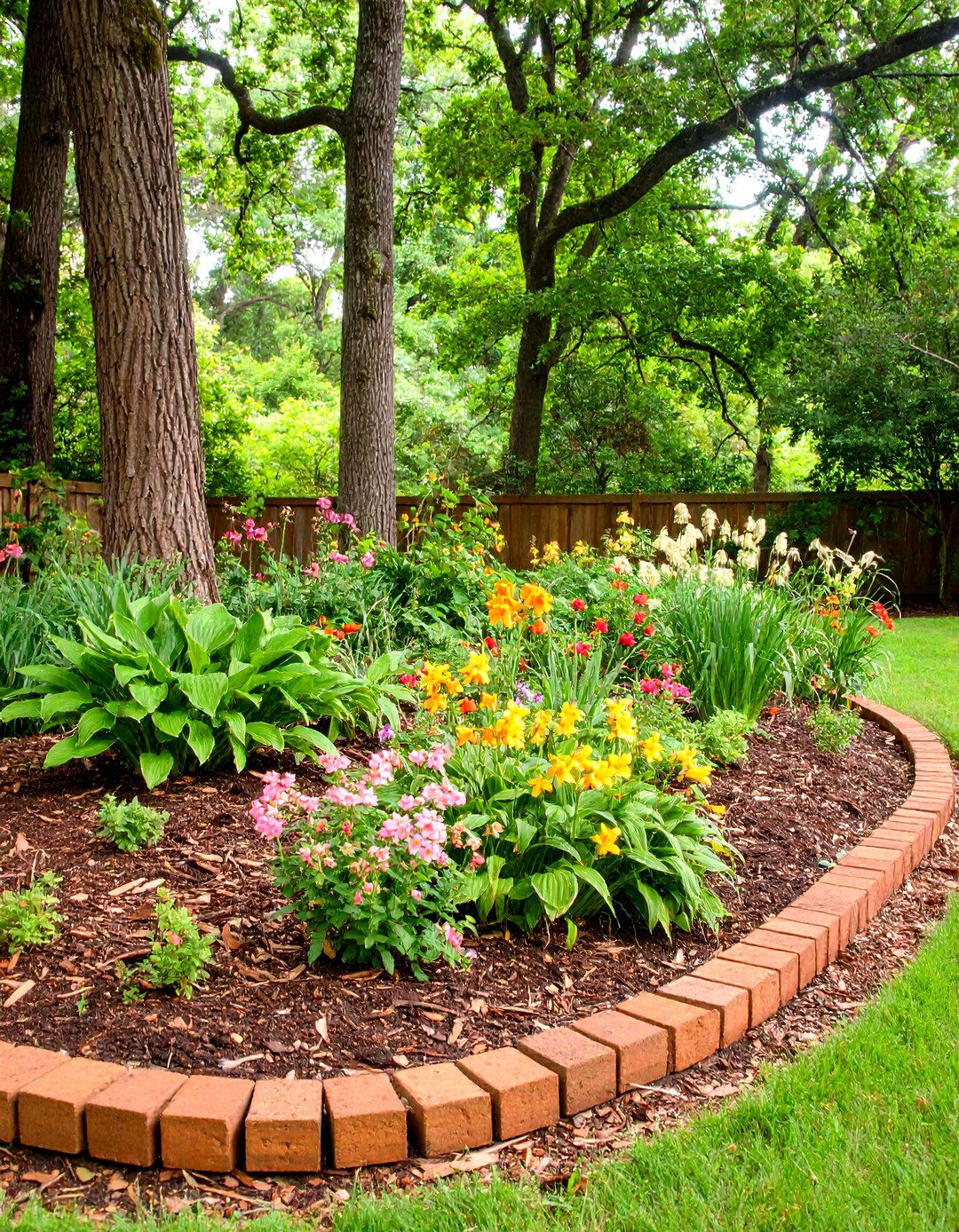
Hostas, coral bells, and inland sea oats flourish where dense oak canopies block Texas sun. Outline the bed with recycled brick edging to contain oak leaves, then layer two inches of leaf-mold compost every fall; it mimics forest duff and feeds shade perennials naturally. Inland sea oats’ dangling seed heads sparkle in dappled light and provide winter interest long after hostas sleep.
7. Limestone-Edged Texas Cottage Flower Bed Pathway
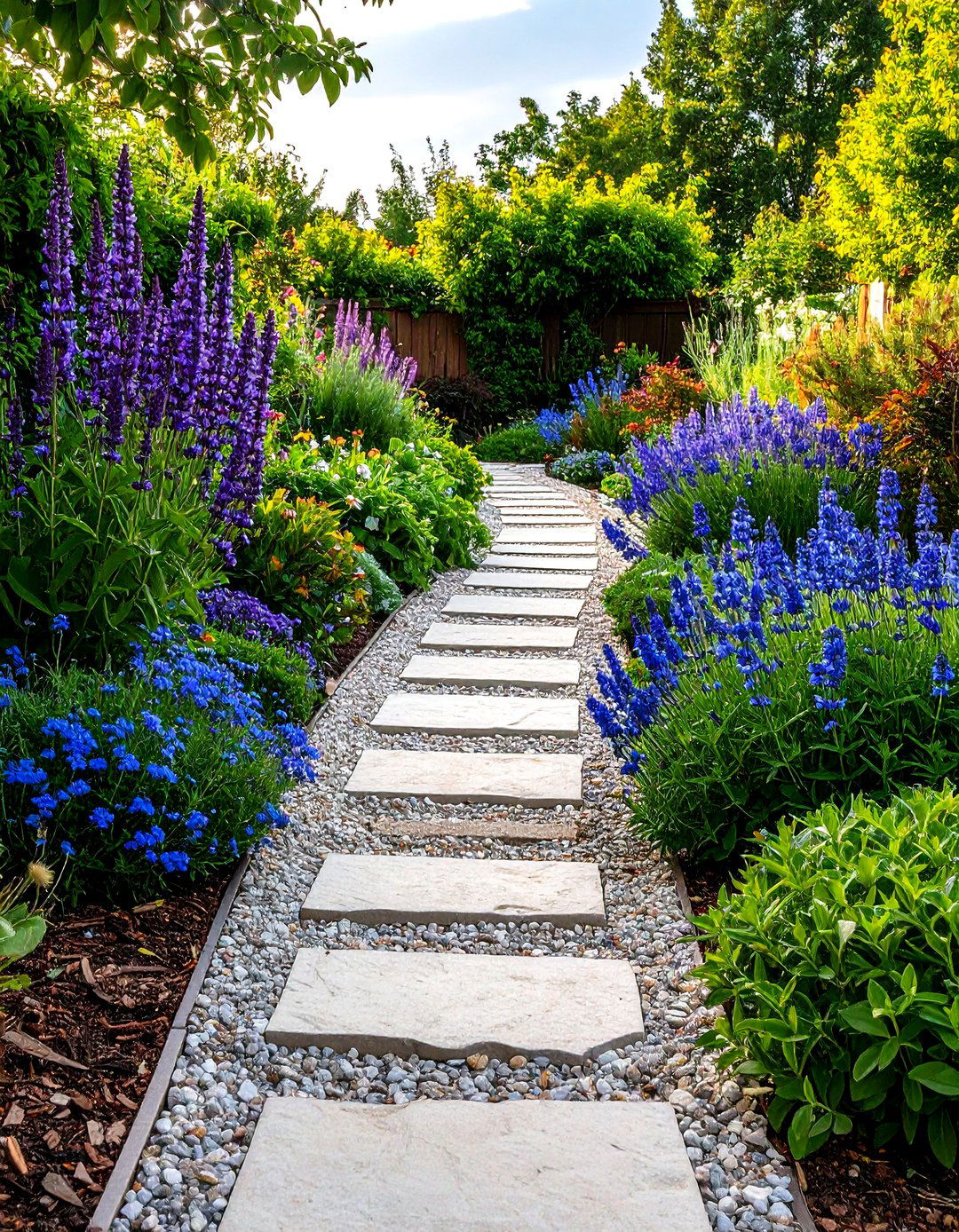
Frame a curving flagstone path with clusters of Russian sage, sedum, and blue lobelia to marry soft textures and sturdy drought tolerance. Limestone rubble edging echoes Hill Country architecture and drains quickly, keeping plant crowns dry during flash storms. Sprinkle crushed granite between stones to discourage weeds and create a tidy, foot-friendly surface.
8. Jewel-Tone Color-Block Flower Bed
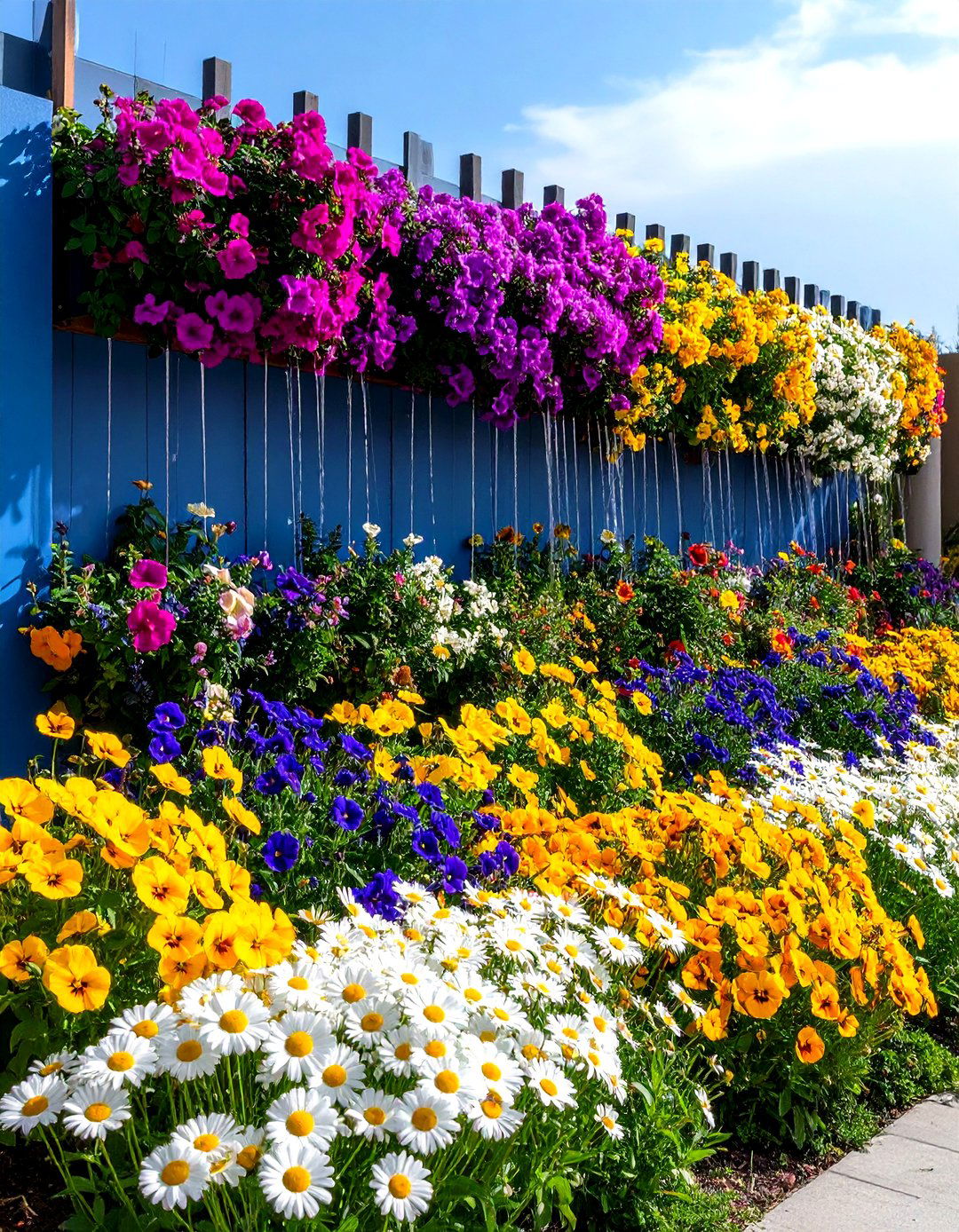
Bold bougainvillea, yellow pansies, and white marguerite daisies create a jewel-box front bed that dazzles against neutral stucco. Plant in sweeping single-color blocks rather than mixed mosaics for modern punch. Install drip emitters on a timer to deliver deep, infrequent watering that encourages roots to tunnel beyond the hot topsoil.
9. Edible-Ornamental Herb & Flower Bed Mix
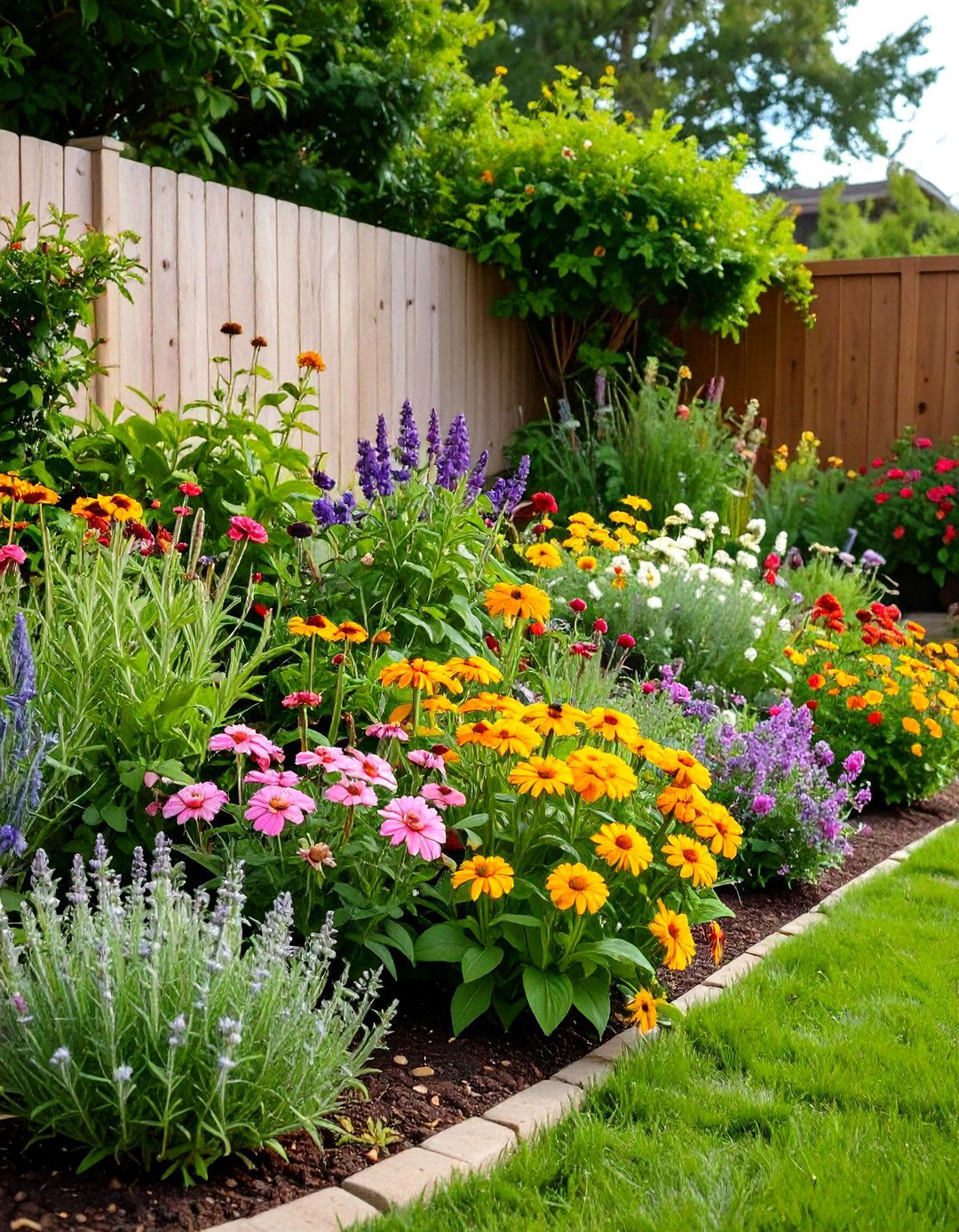
Blend rosemary, Mexican mint marigold, and purple basil between coneflowers and zinnias so the flower bed does double duty as a kitchen garden. Position taller herbs at the rear for easy snipping, and interplant marigolds to deter pests organically. Renew flavor and color by overseeding dill and cilantro each fall.
10. Drought-Tolerant Rock Rose & Red Yucca Flower Bed
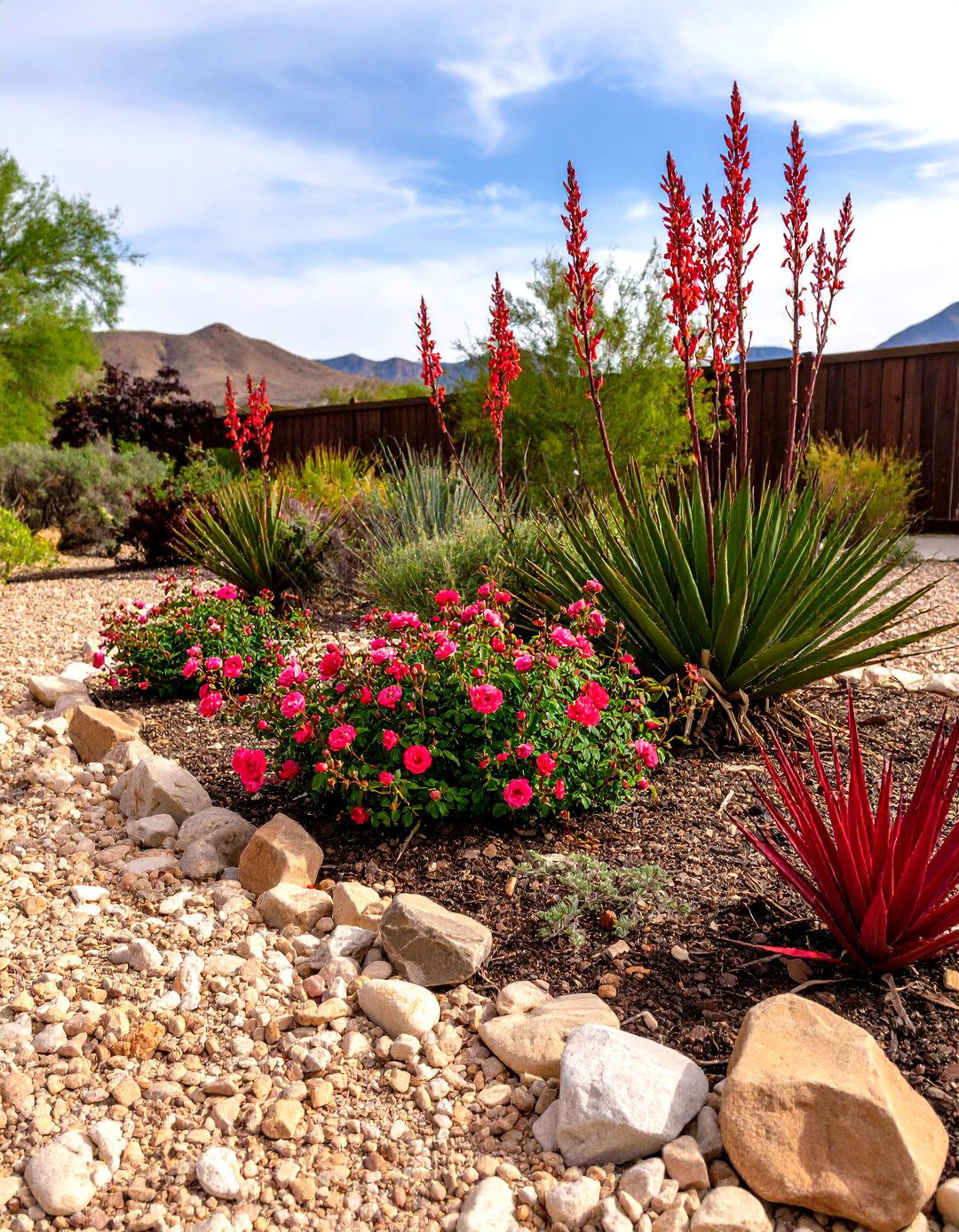
Rock rose shrubs carry hibiscus-like pink blooms that shrug off heat, while red yucca sends up five-foot coral spikes beloved by hummingbirds. Situate them in gravelly soil along curb edges; their shrubby forms handle reflected street heat with ease. Hand-shear rock rose after each bloom flush to keep the flower bed compact and flower-filled.
11. Flagstone-Pathway Flower Bed Islands

Flagstones set in lawn become stepping-stone islands for pocket flower beds. Fill the gaps with low matting thyme, dwarf verbena, and sedum, all of which enjoy hot feet and little water. The living grout eliminates mower trim work and perfumes every footstep.
12. Bird-Attracting Seed-Head Flower Bed
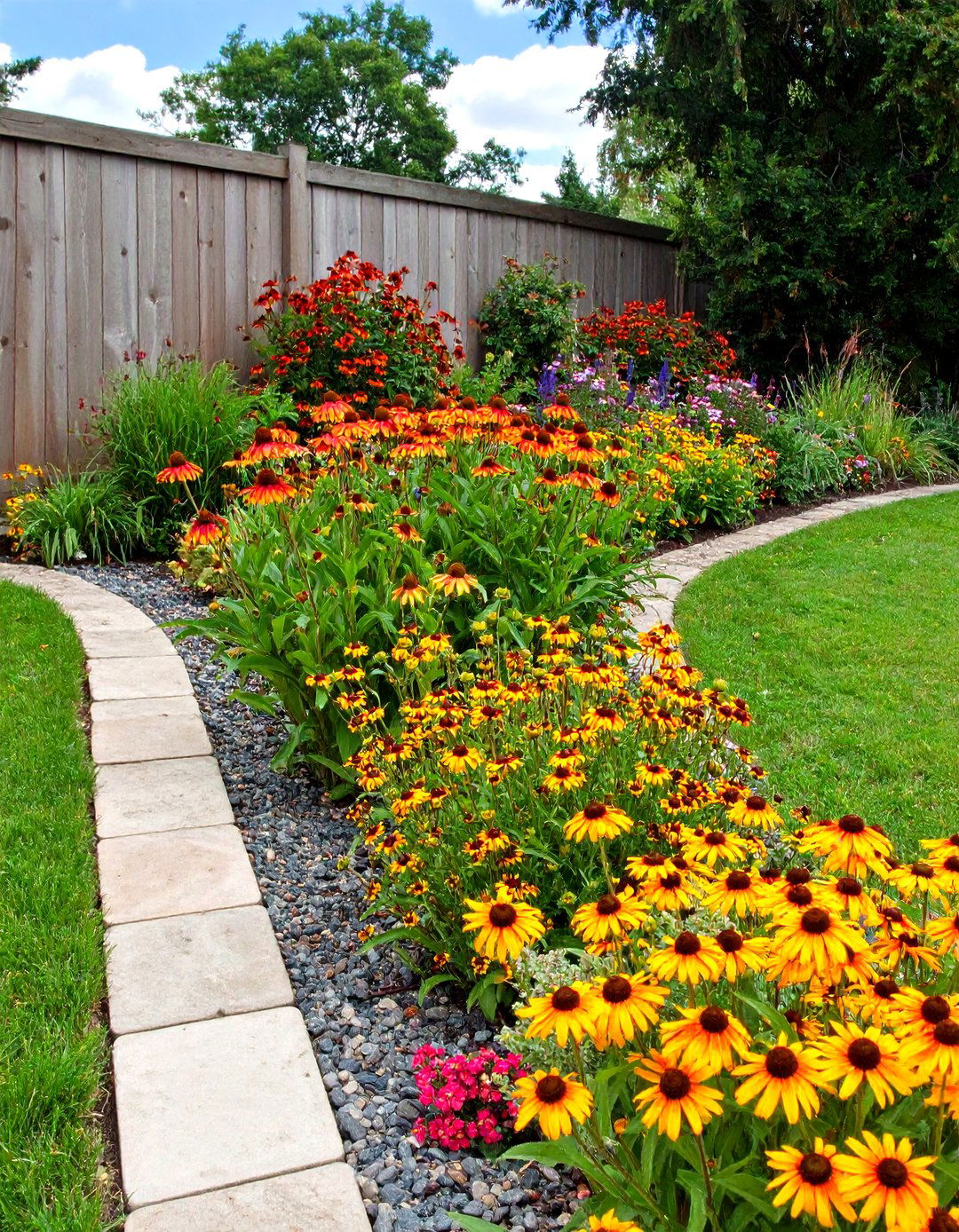
Choose gaillardia, Mexican hat, and prairie coneflower—species whose seeds feed finches and sparrows long after petals drop. Skip deadheading in August and sprinkle a shallow gravel trench beneath plants to catch fallen seed for self-sowing. In February, mow the flower bed on high setting to shred stalks into instant mulch.
13. Evergreen-Structure Flower Bed with Dwarf Shrubs
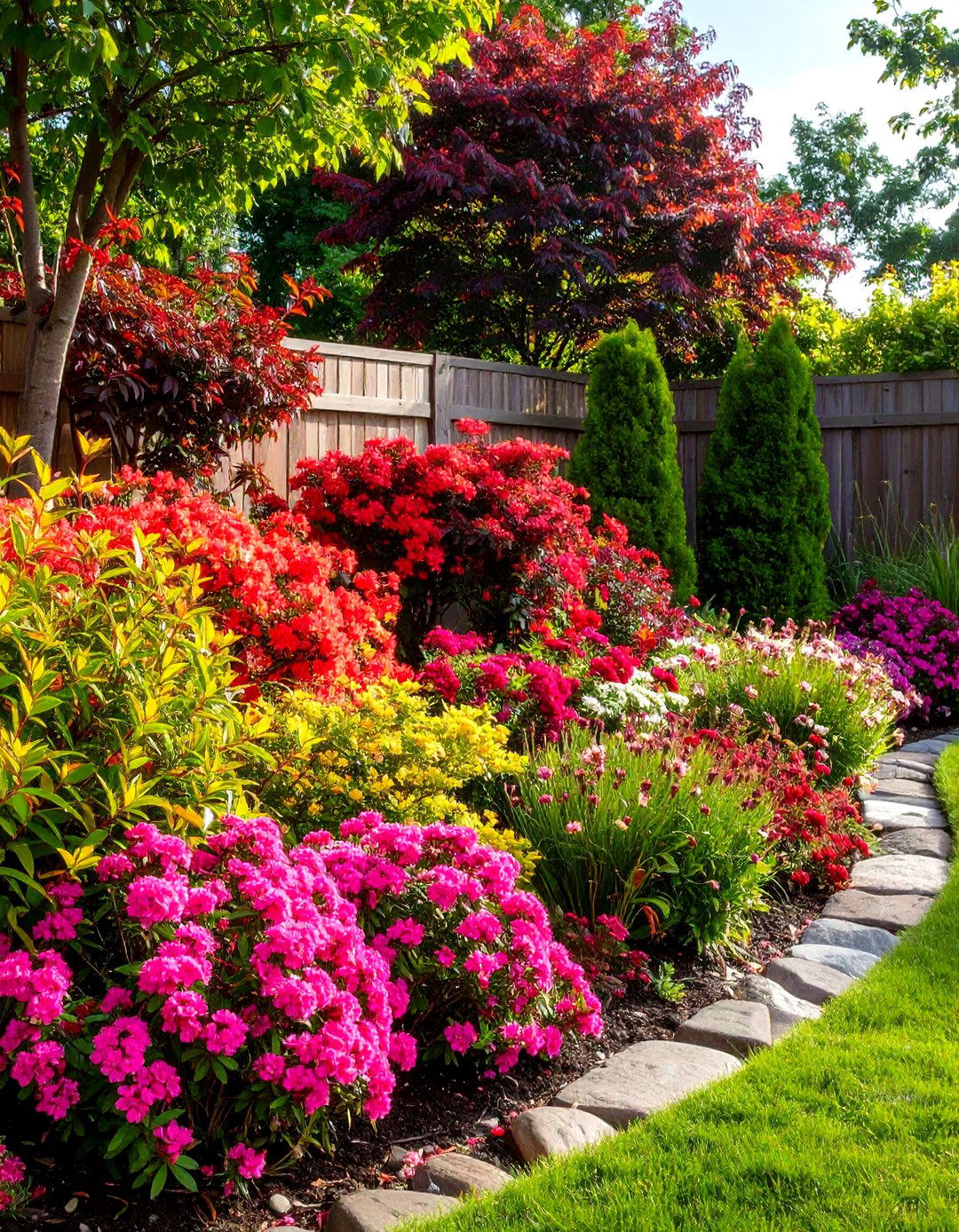
Foundation beds look bare in winter without evergreen anchors. Install dwarf nandina and ‘Harbour Dwarf’ nandina for red winter foliage, then thread in Texas dwarf crape myrtles for summer bloom bursts. Space shrubs liberally—mature widths hit three feet—and use annual dianthus for winter flowers between them.
14. Butterfly-Haven Flower Bed with Lantana & Salvia
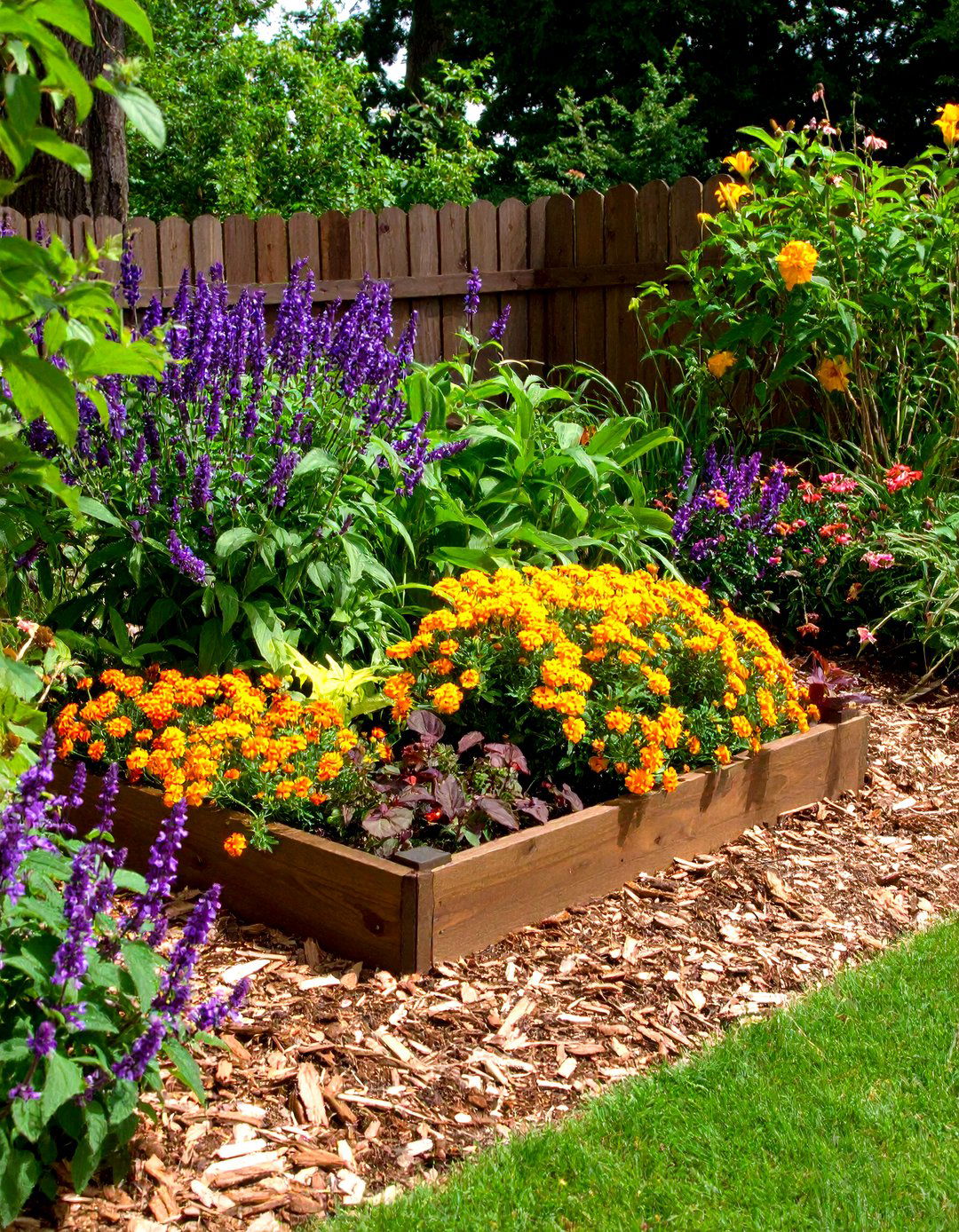
Citrus lantana thrives in punishing sun and partners flawlessly with purple salvia to lure swallowtails from May to frost. Allow a three-foot spread per lantana; pruning to one-third height in early spring keeps shrubs tidy. Mulch with shredded cedar, which repels pests and retains moisture around these nectar-rich blooms.
15. Seasonal Bulb-to-Perennial Transition Flower Bed
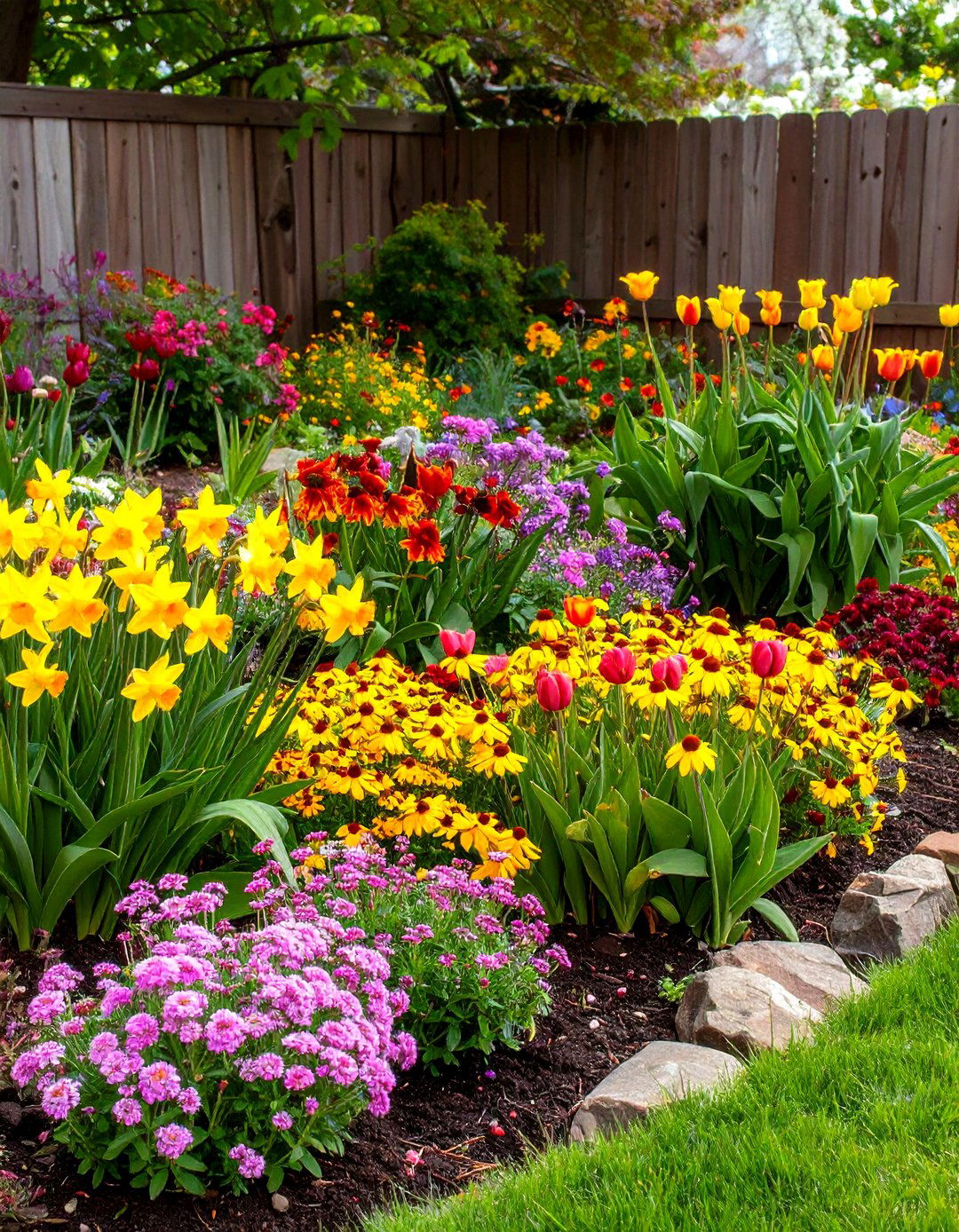
Stage early daffodils and tulips among clumping coreopsis and hardy ageratum. As bulbs fade, emerging perennials cloak yellowing foliage and extend color into autumn. Fertilize bulbs lightly after bloom, then stop watering by mid-June; drought dormancy readies them for next year while perennials carry the show.
16. Coastal Prairie-Inspired Flower Bed with Native Grasses
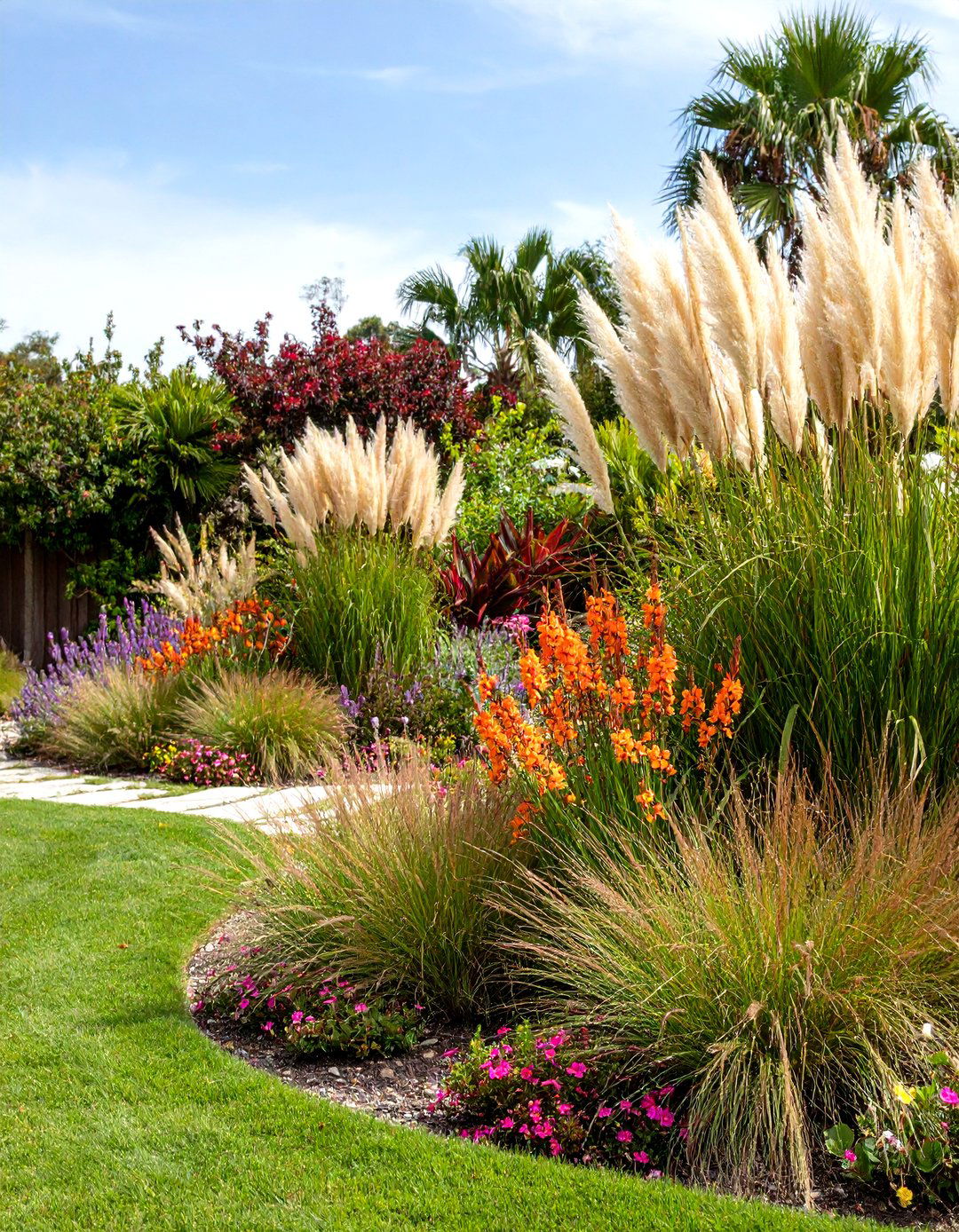
Replicate Gulf Coast prairie by seeding little bluestem and Gulf muhly across a wide swale, then dotting butterfly weed and gaura through the matrix for orange and pink accents. Cut grasses to six inches every February before new growth, and avoid fertilizers—lean soils preserve sturdy stems and soft pastels.
17. Slope-Stabilizing Flower Bed with Inland Sea Oats
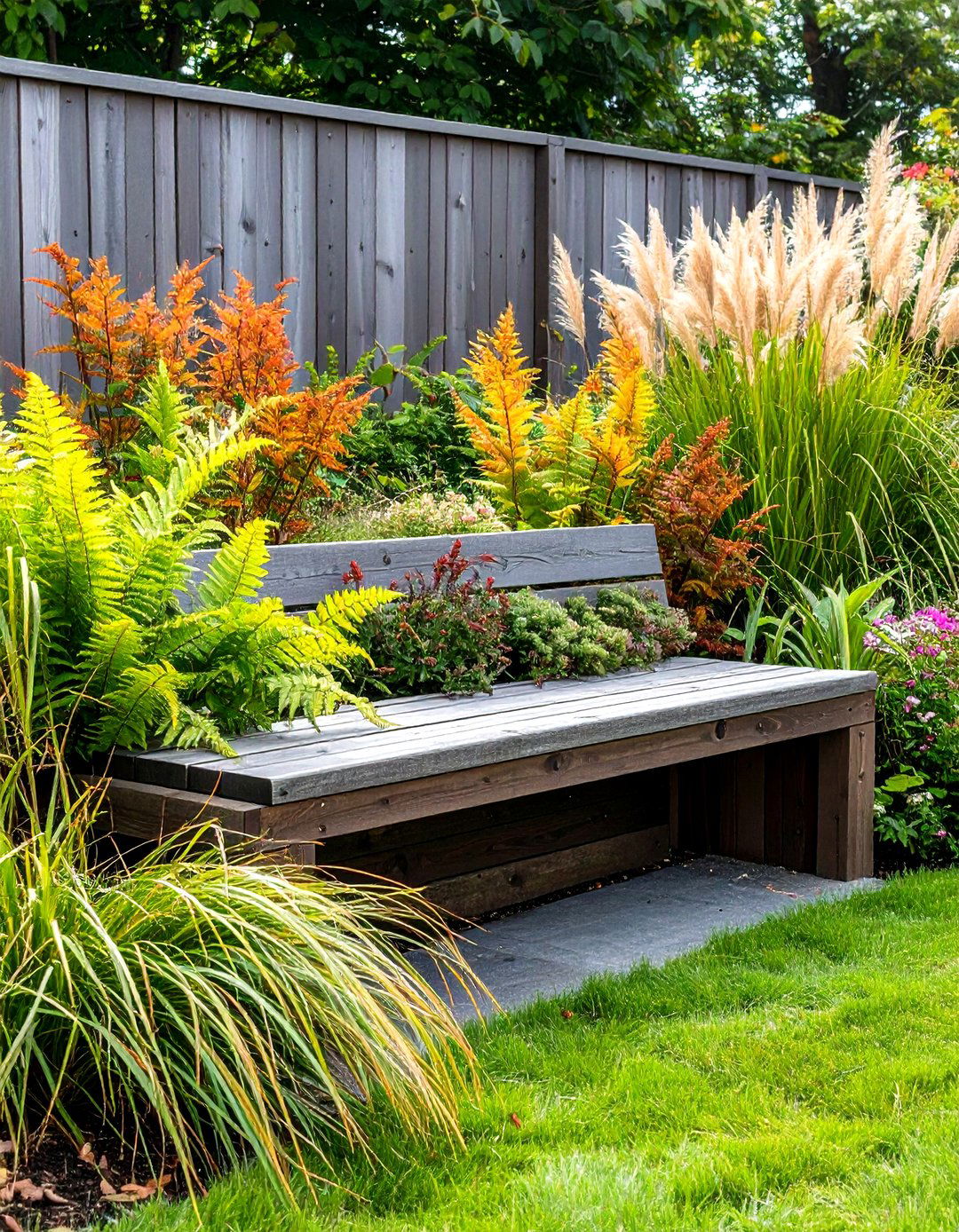
Inland sea oats’ rhizomes grip shady inclines, their dangling seed heads adding movement all summer. Layer evergreen holly fern at the toe of the slope to catch runoff, and border the top with rough cedar logs that double as informal seating. Trim seed stalks in January to limit spread to desired bounds.
18. Fragrant Evening Flower Bed Near the Porch
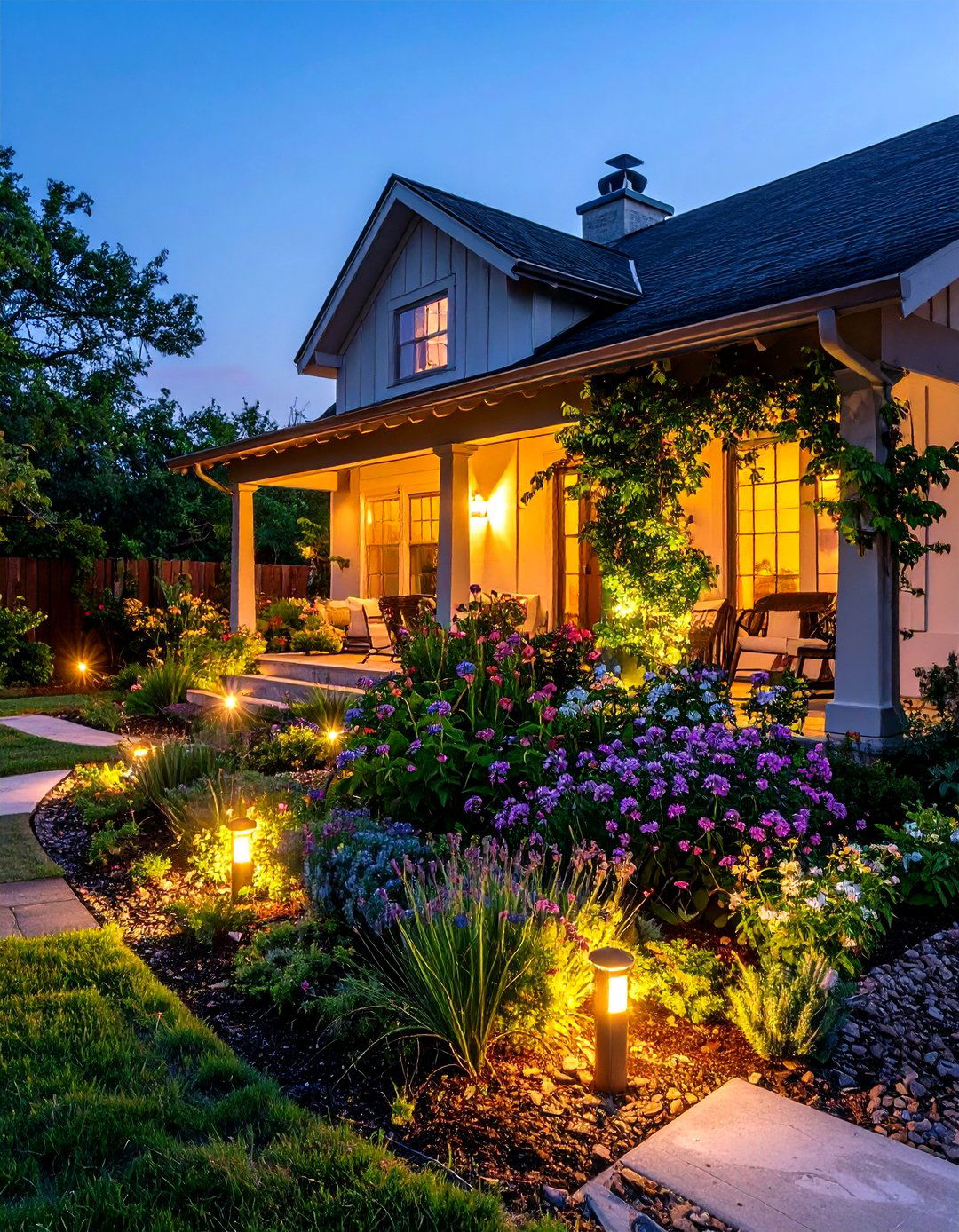
Plant Texas mountain laurel for grape-soda fragrance each March, flank it with night-blooming four-o’-clocks, and edge the bed with Mexican oregano that releases scent when brushed. Place solar uplights behind the laurel so twilight blooms glow and perfume drifts onto seating areas.
19. Container-Cluster Flower Bed for Small Front Yards
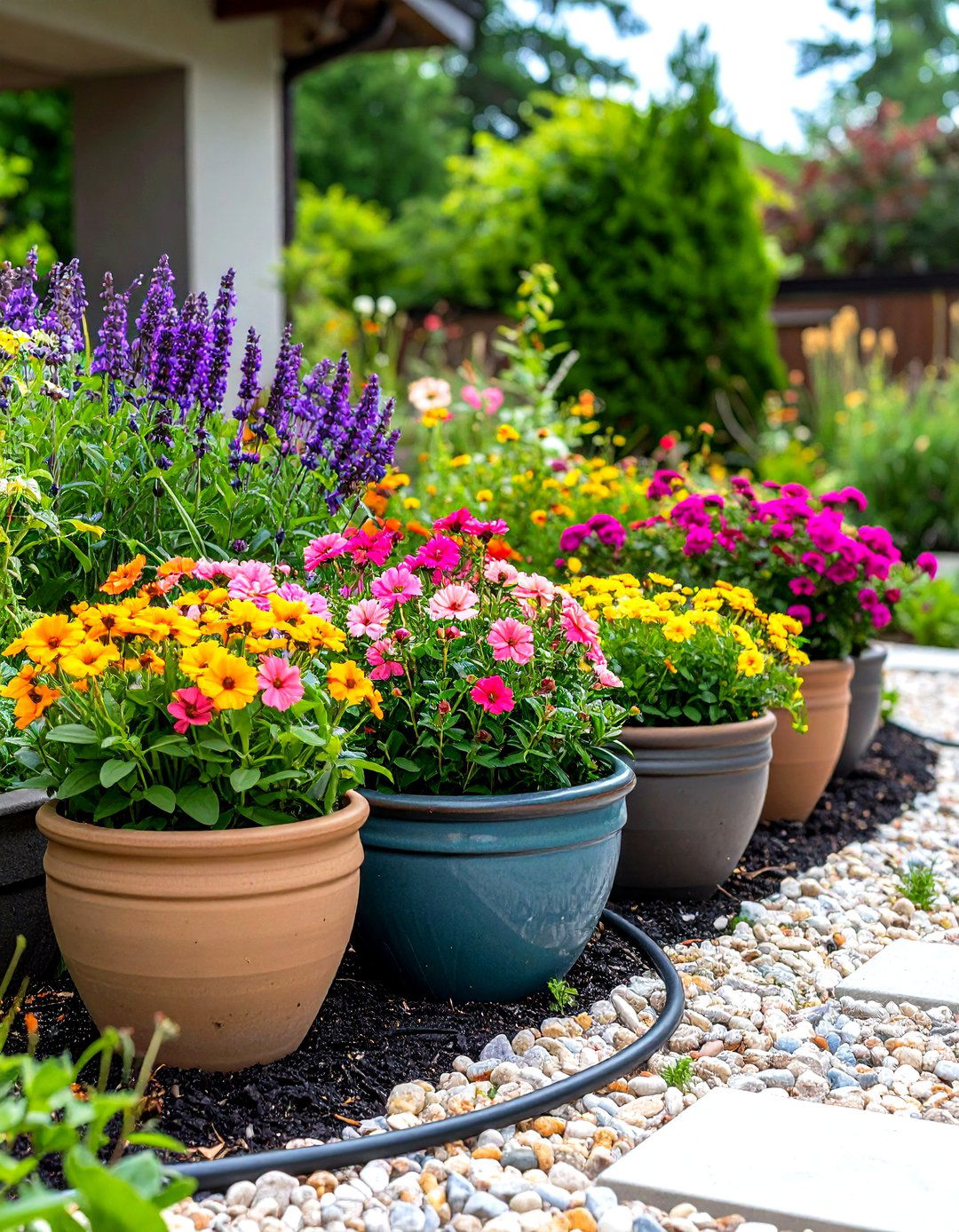
Group glazed ceramic pots of salvias, portulaca, and zinnias where in-ground space is scarce; all three flourish in heat and keep color cycling into fall. Use rich potting mix topped with decorative gravel to slow evaporation, and link pots with a hidden soaker-hose loop on a single timer for fuss-free watering.
20. Color-Repetition Flower Bed for Cohesive Curb Appeal
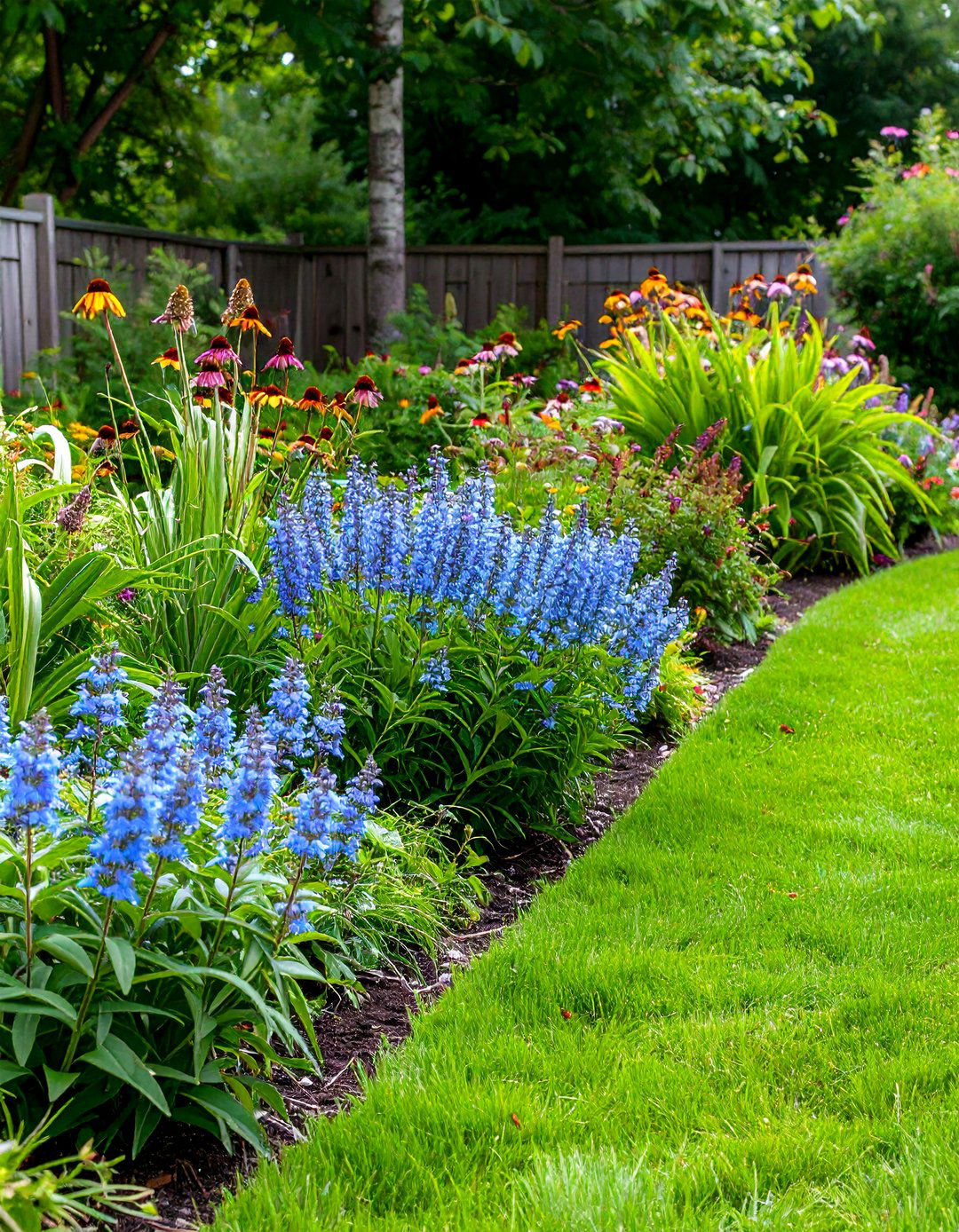
Garden designers repeat plants to guide the eye. Copy that trick by alternating blue lobelia clusters every four feet through a mixed border of sedum, coneflower, and Russian sage. The blue “echoes” tie diverse textures together, while a narrow lawn strip in front provides breathing space so the flower bed feels intentional, not busy.
Conclusion:
Great Texas flower beds succeed when hardy natives set the backbone, drought-smart design limits maintenance, and strategic accents—whether fragrant herbs, jewel-tone annuals, or sculptural grasses—inject personality. Combine any of these twenty ideas, adapt plant lists to your county’s microclimate, and lean on mulches, drip irrigation, and seasonal pruning to keep water bills low without sacrificing bloom power. Your front yard will welcome neighbors, pollinators, and birds alike—no heroic gardening required.


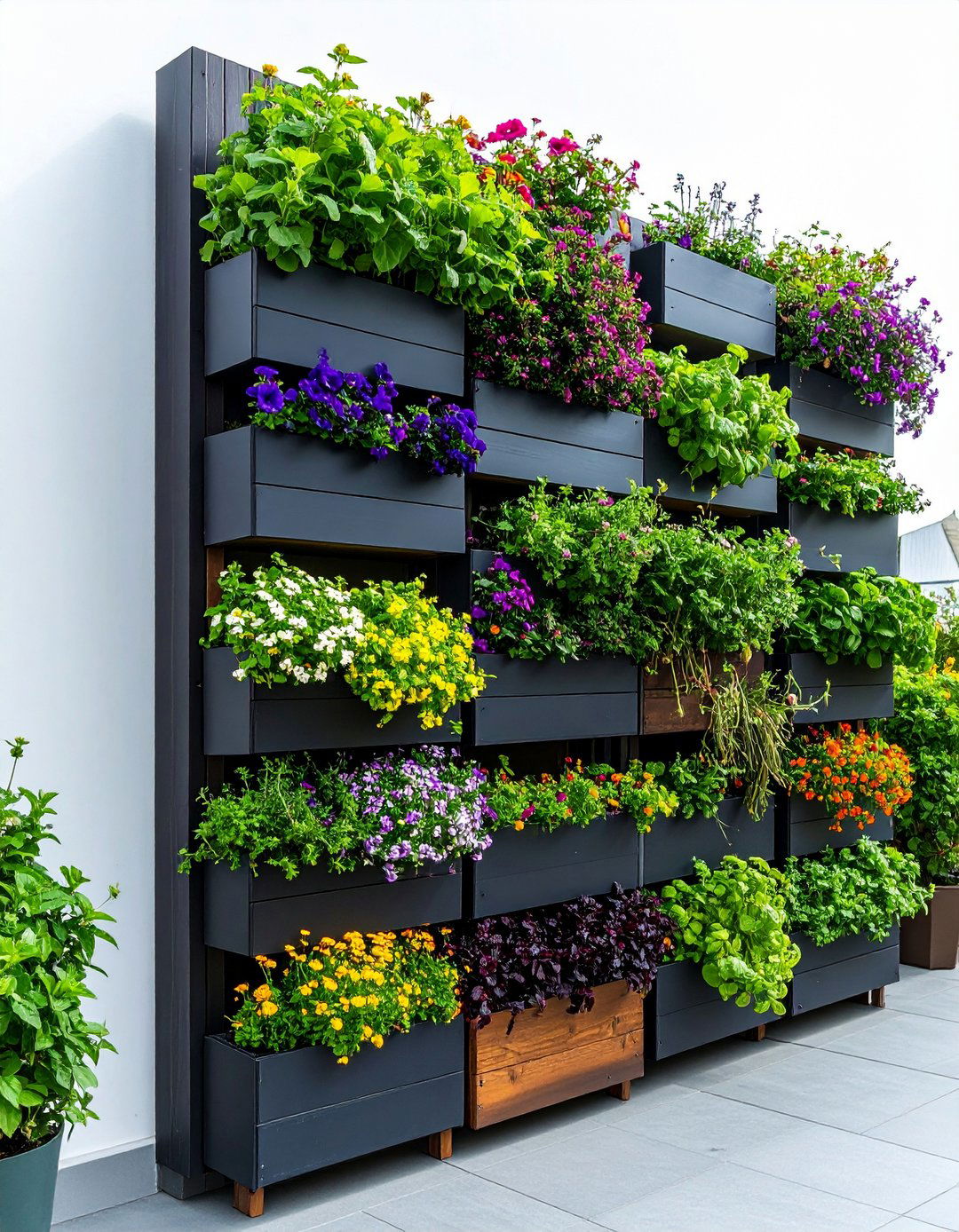

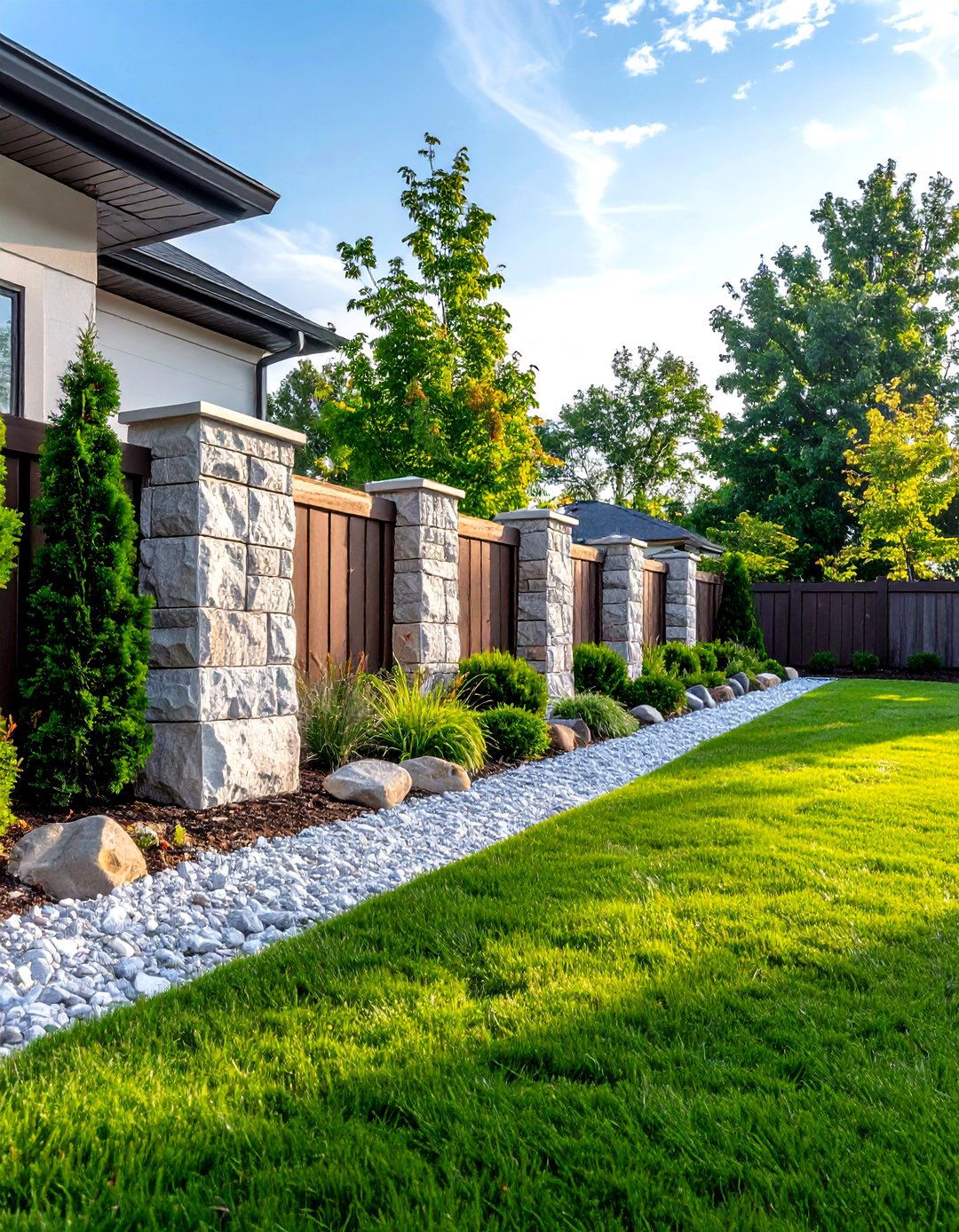
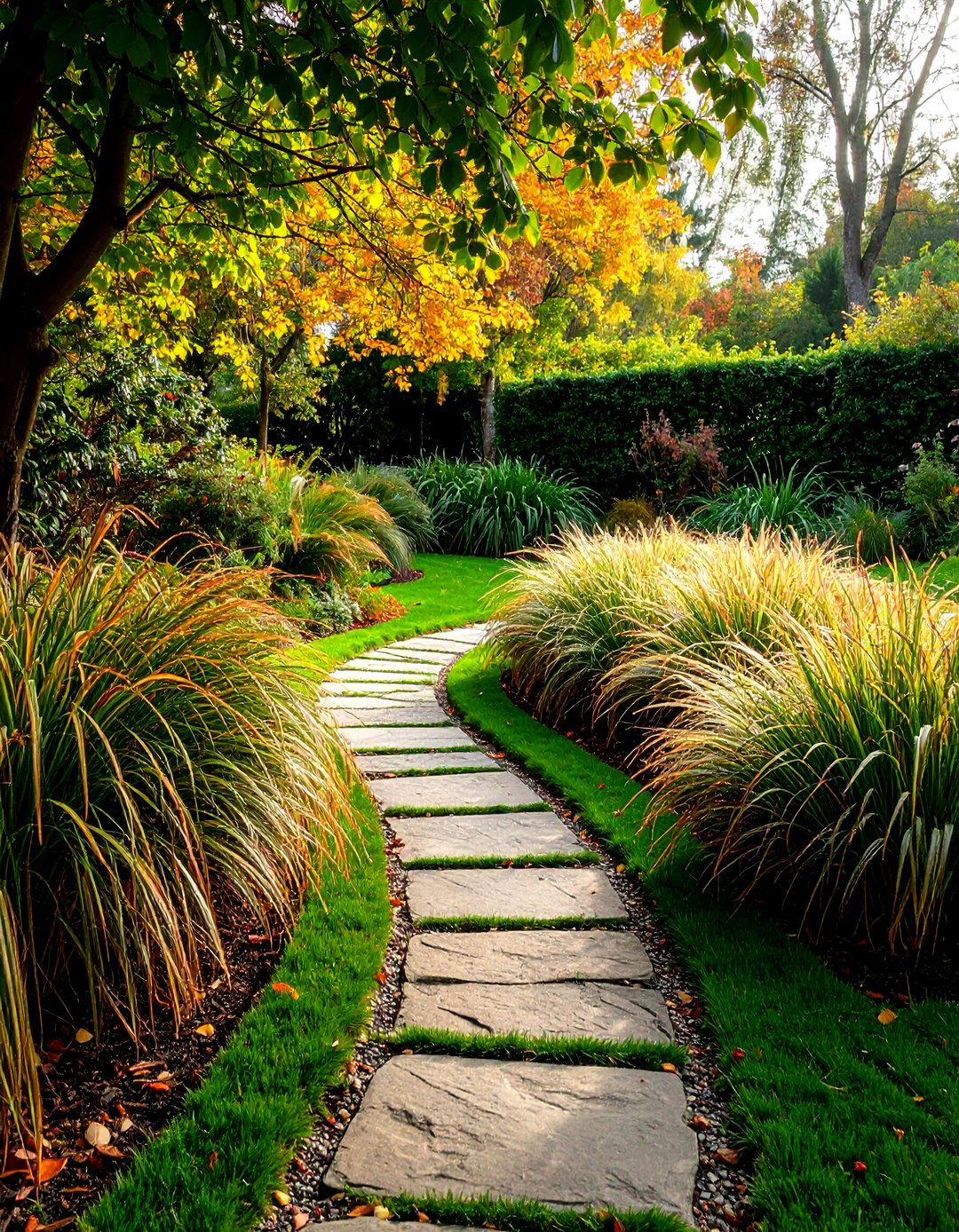
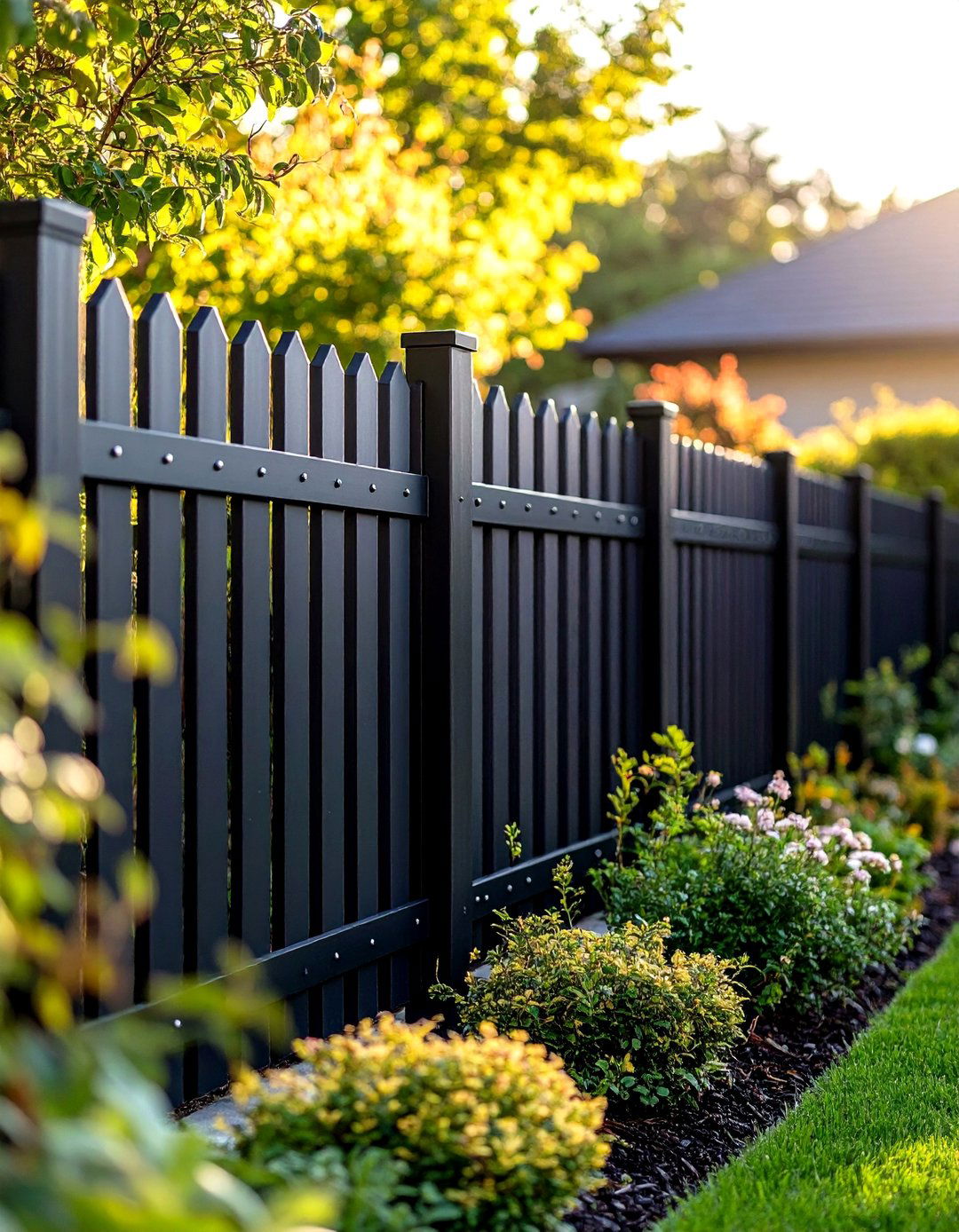
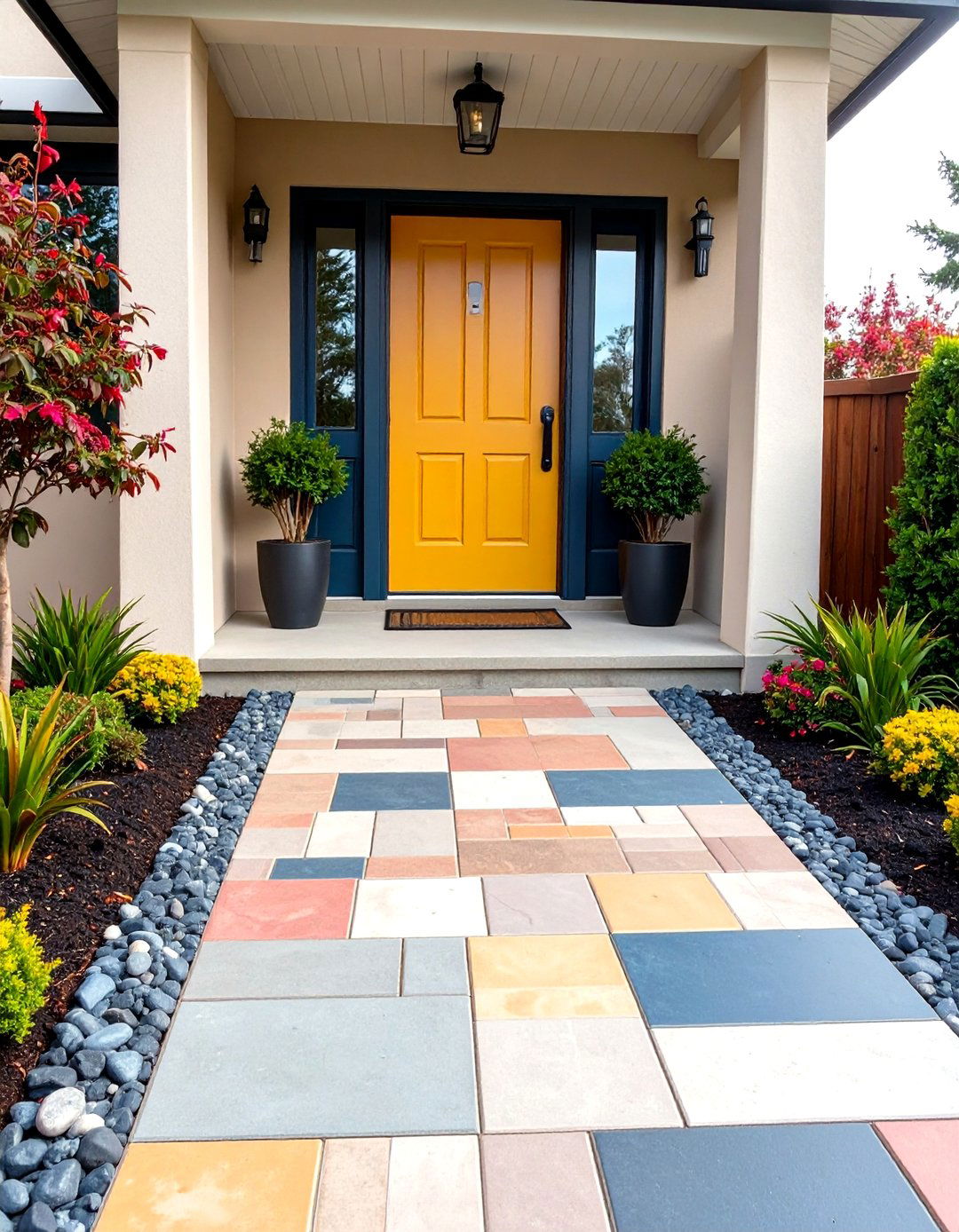
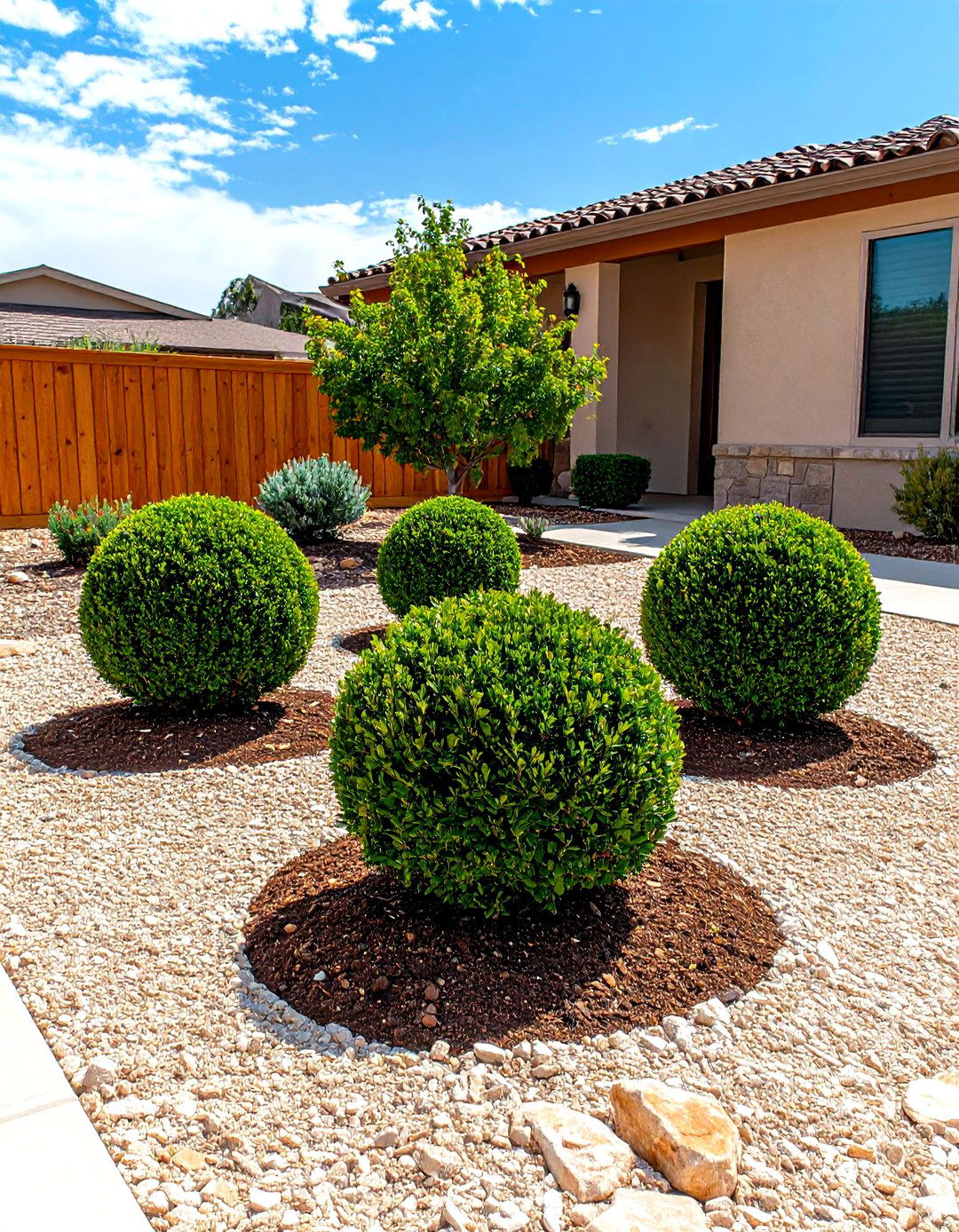
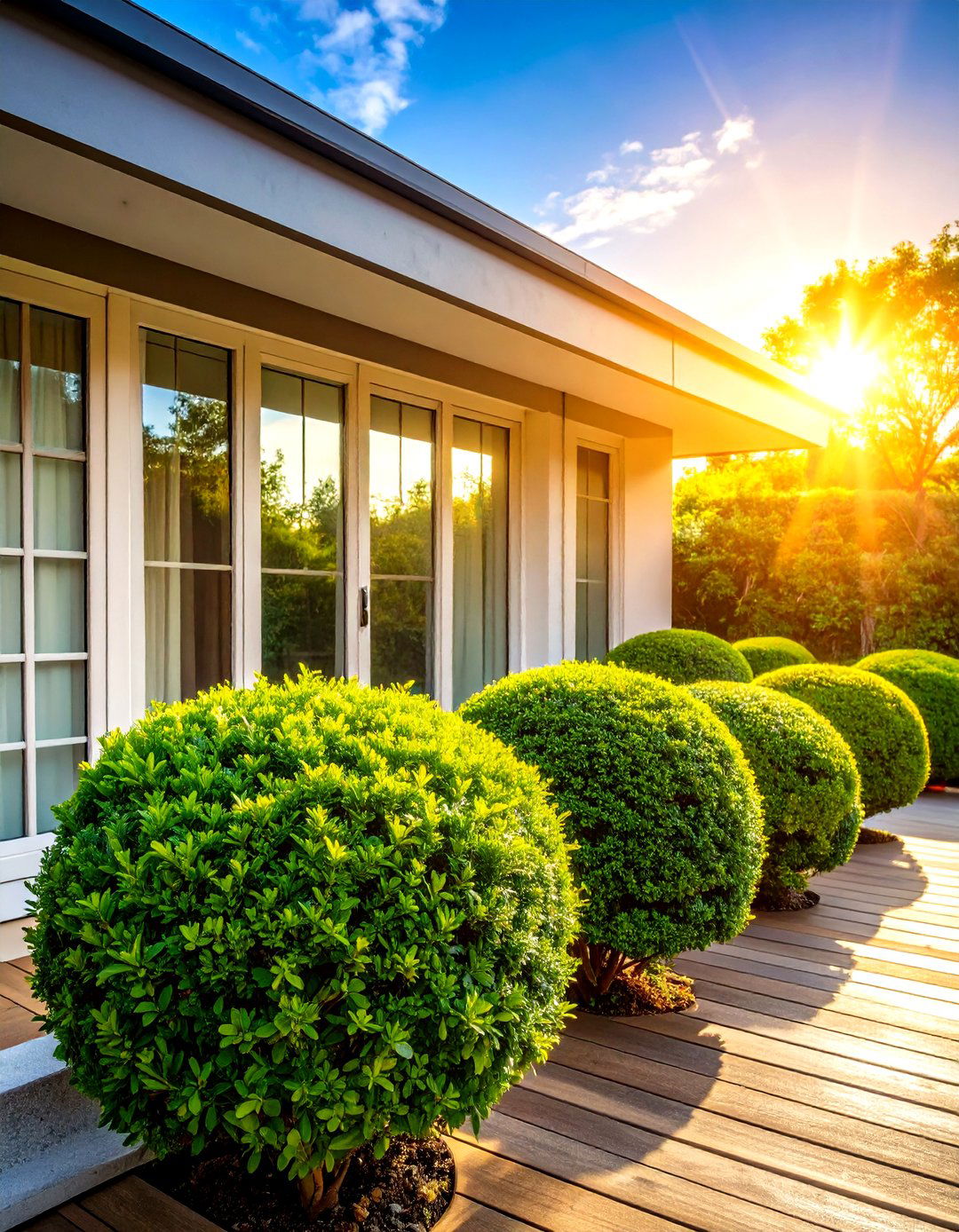
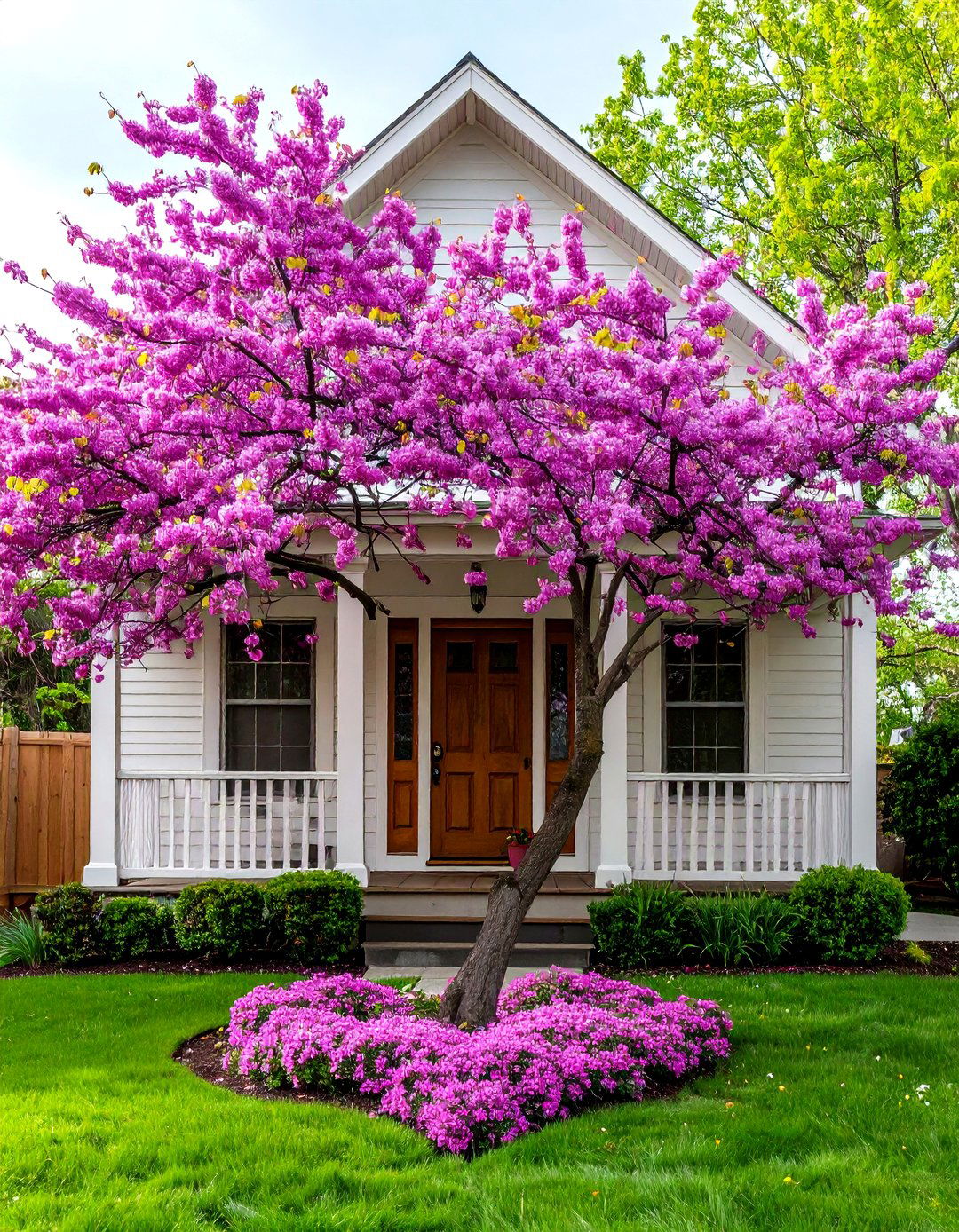
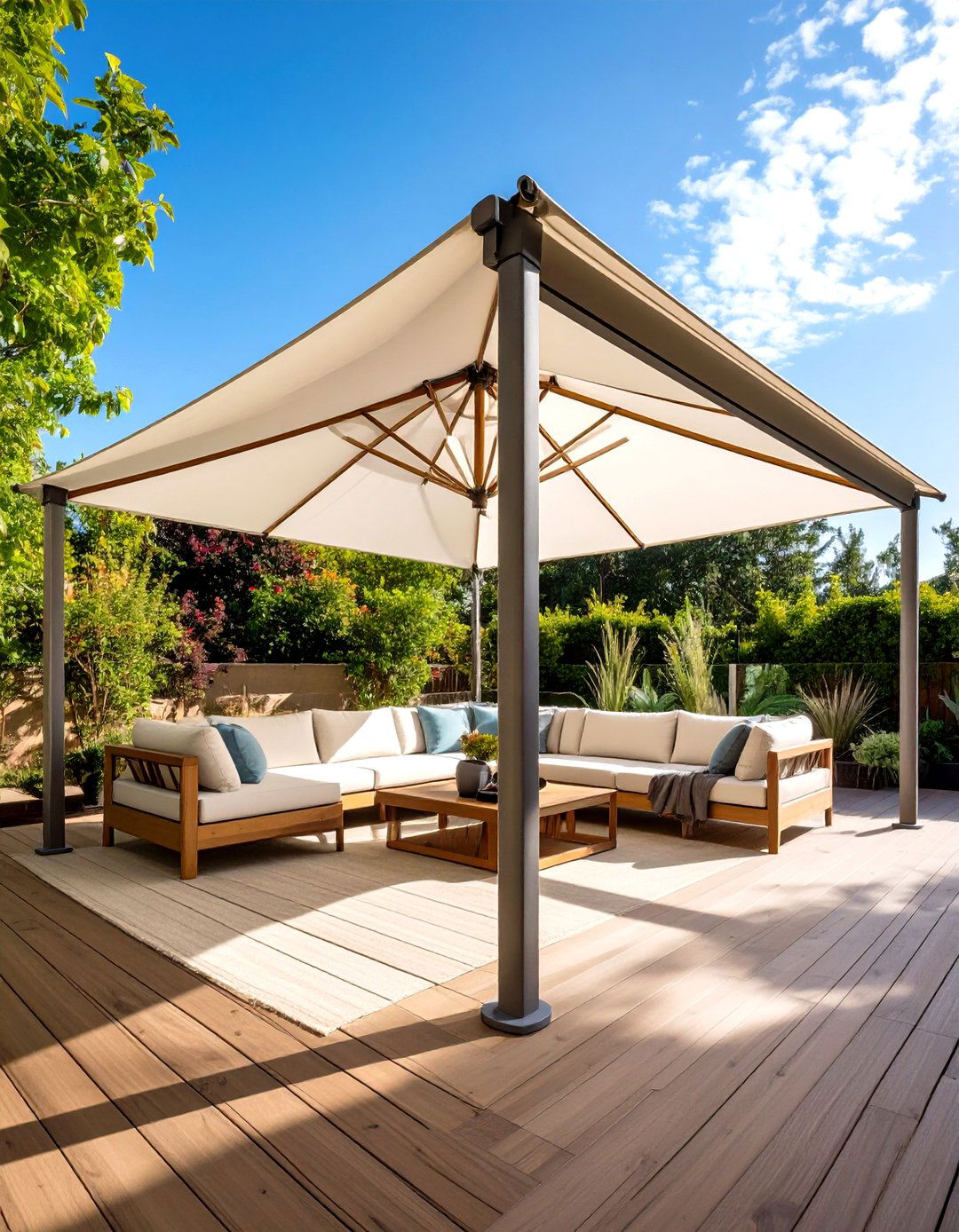
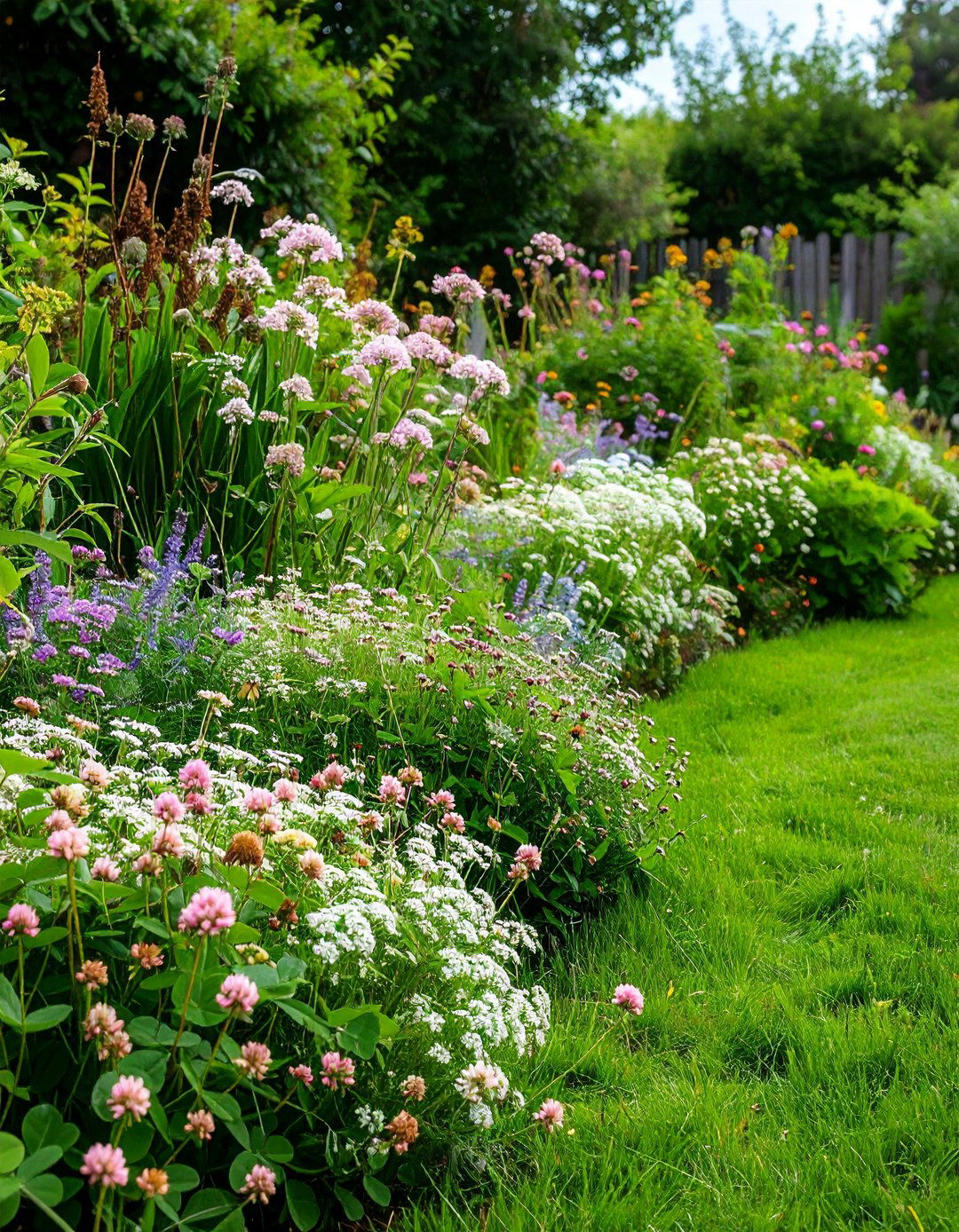
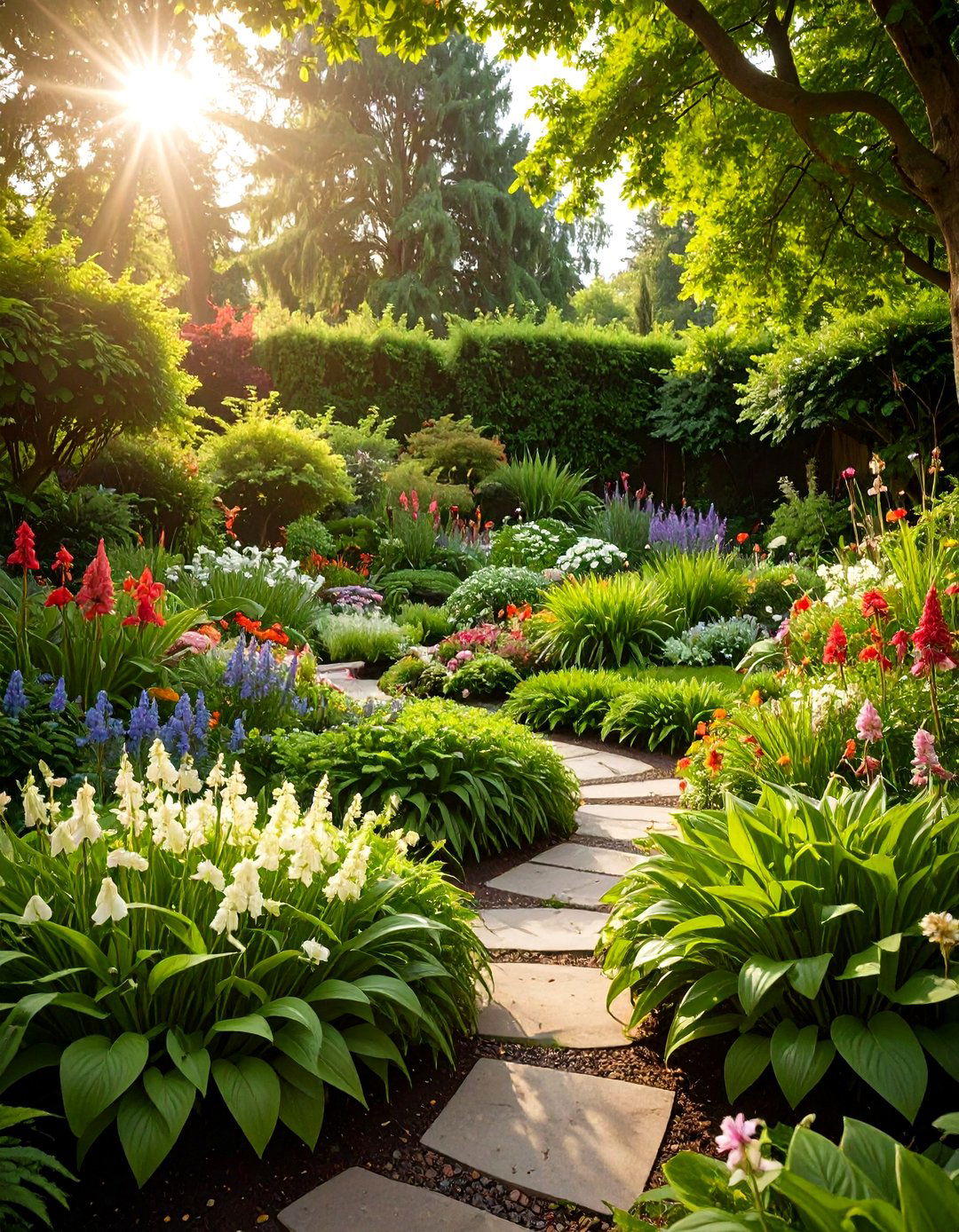
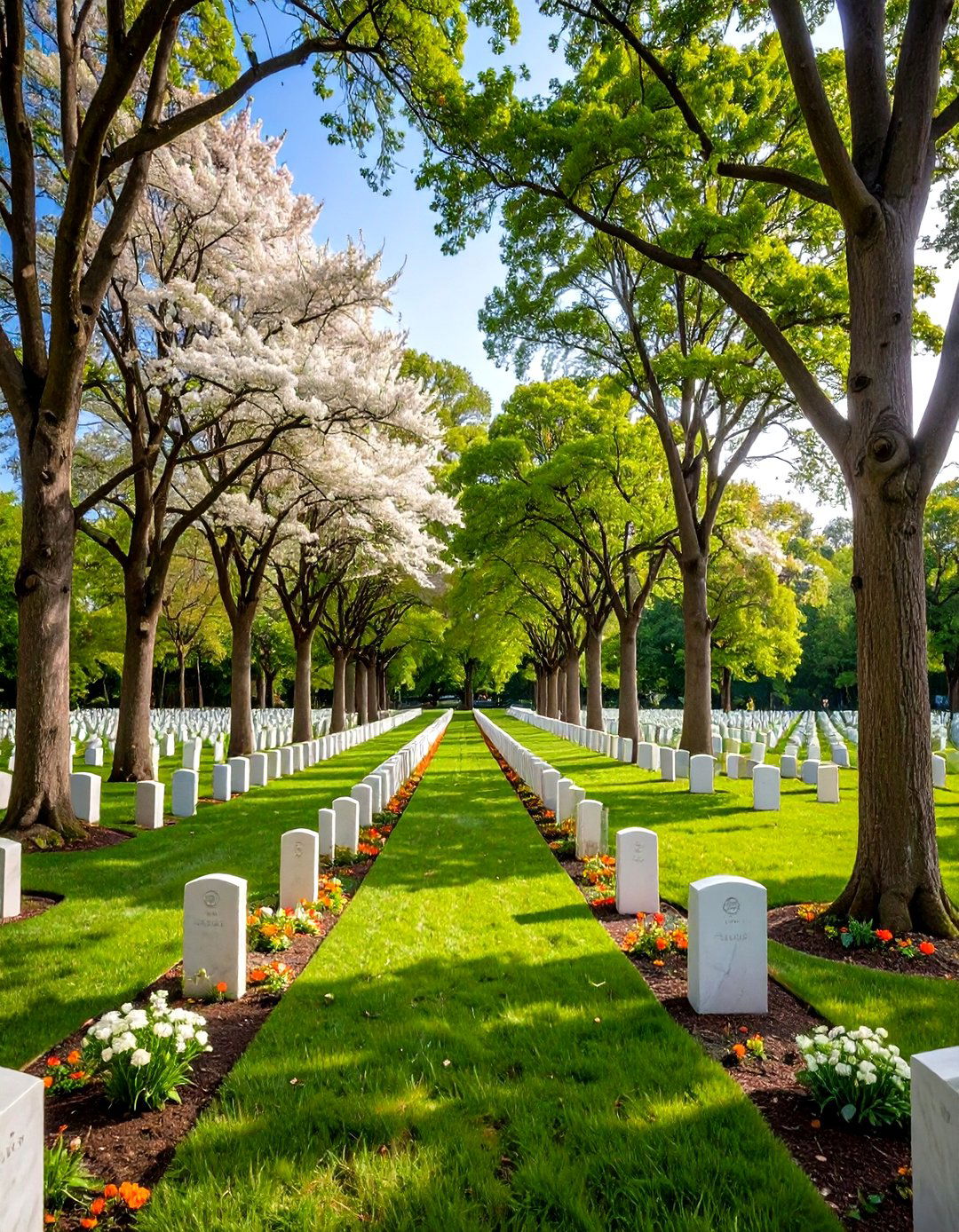
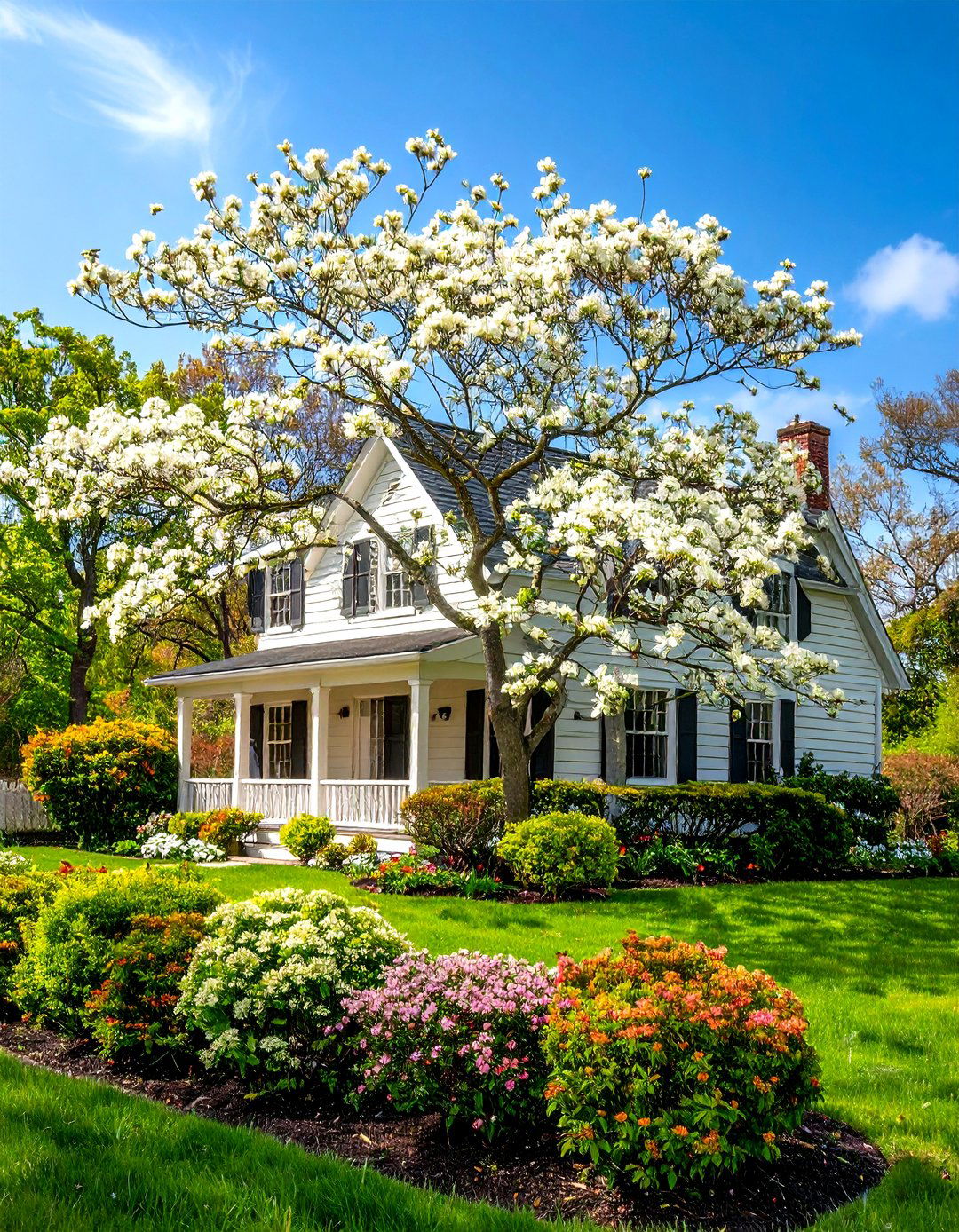
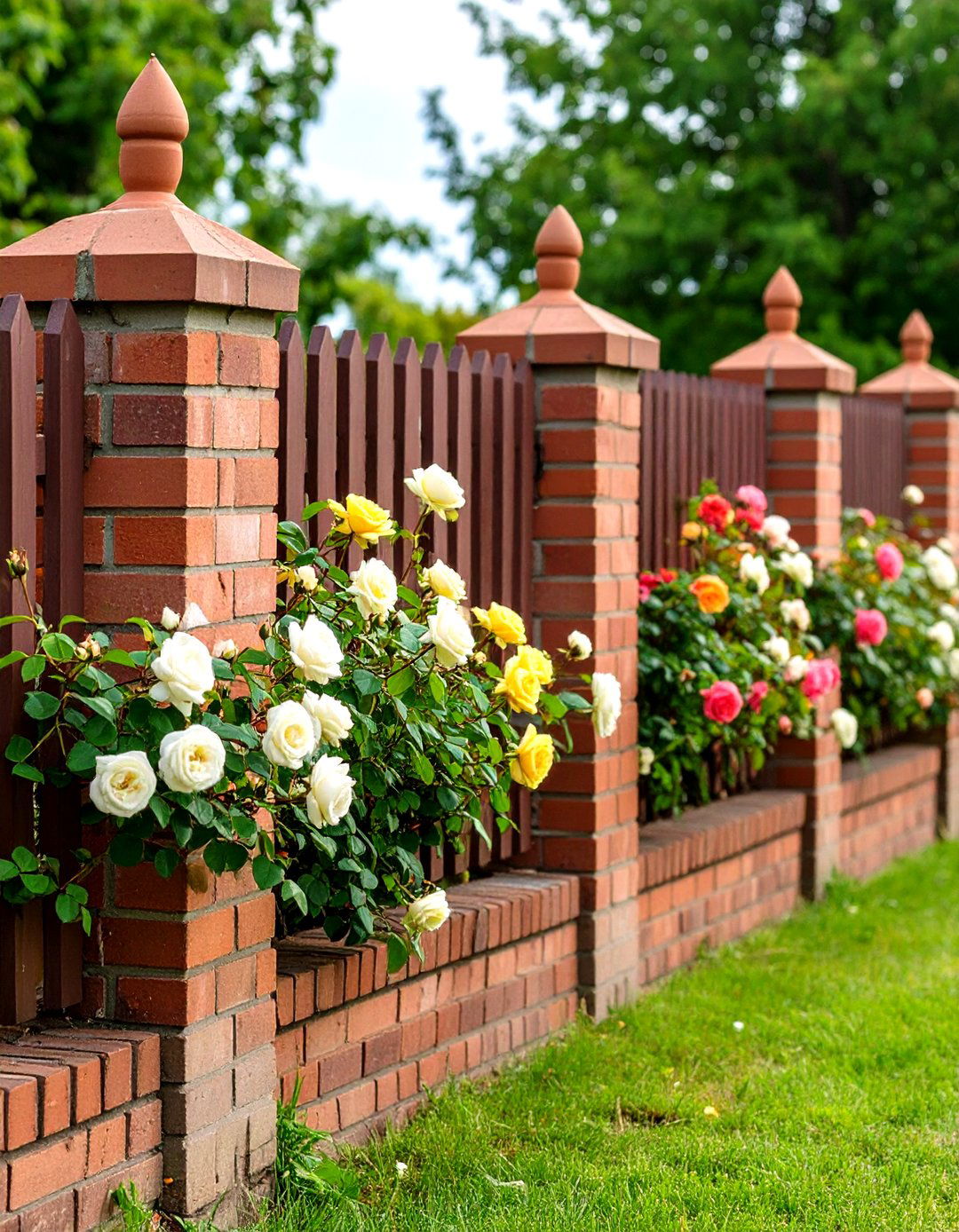
Leave a Reply